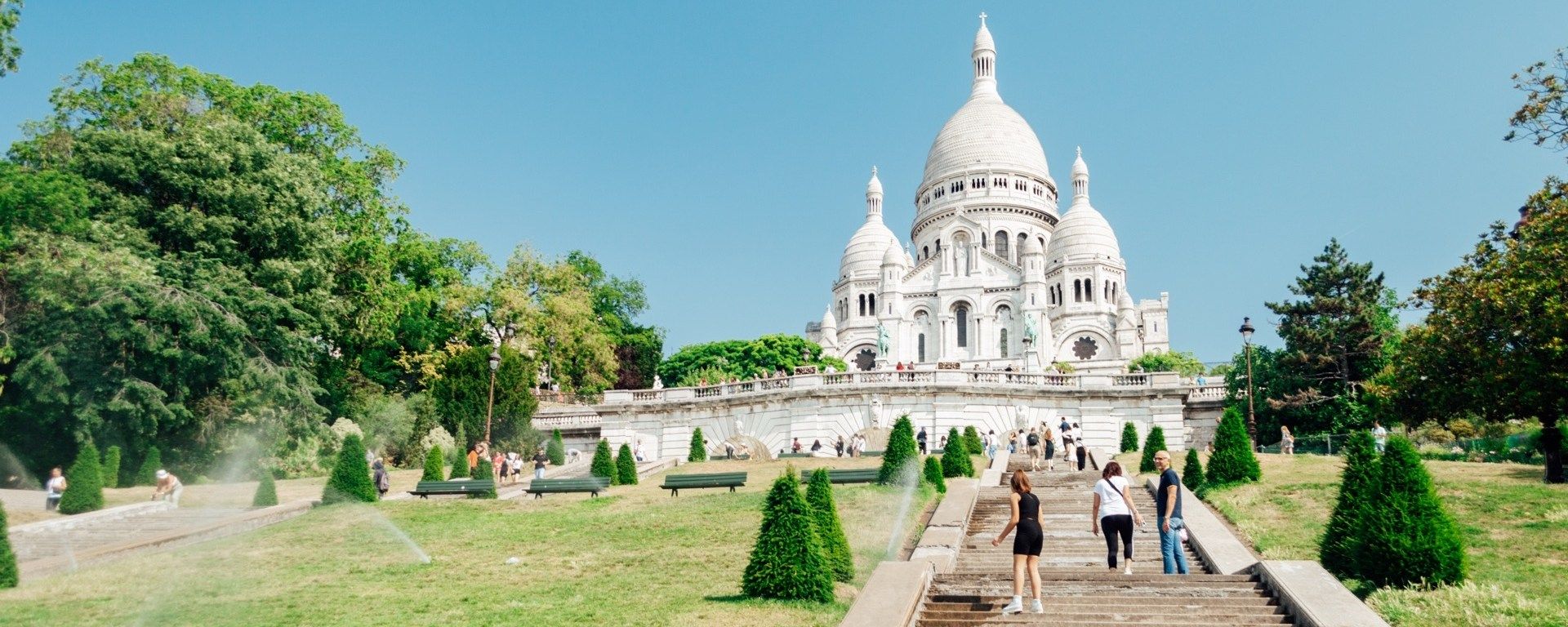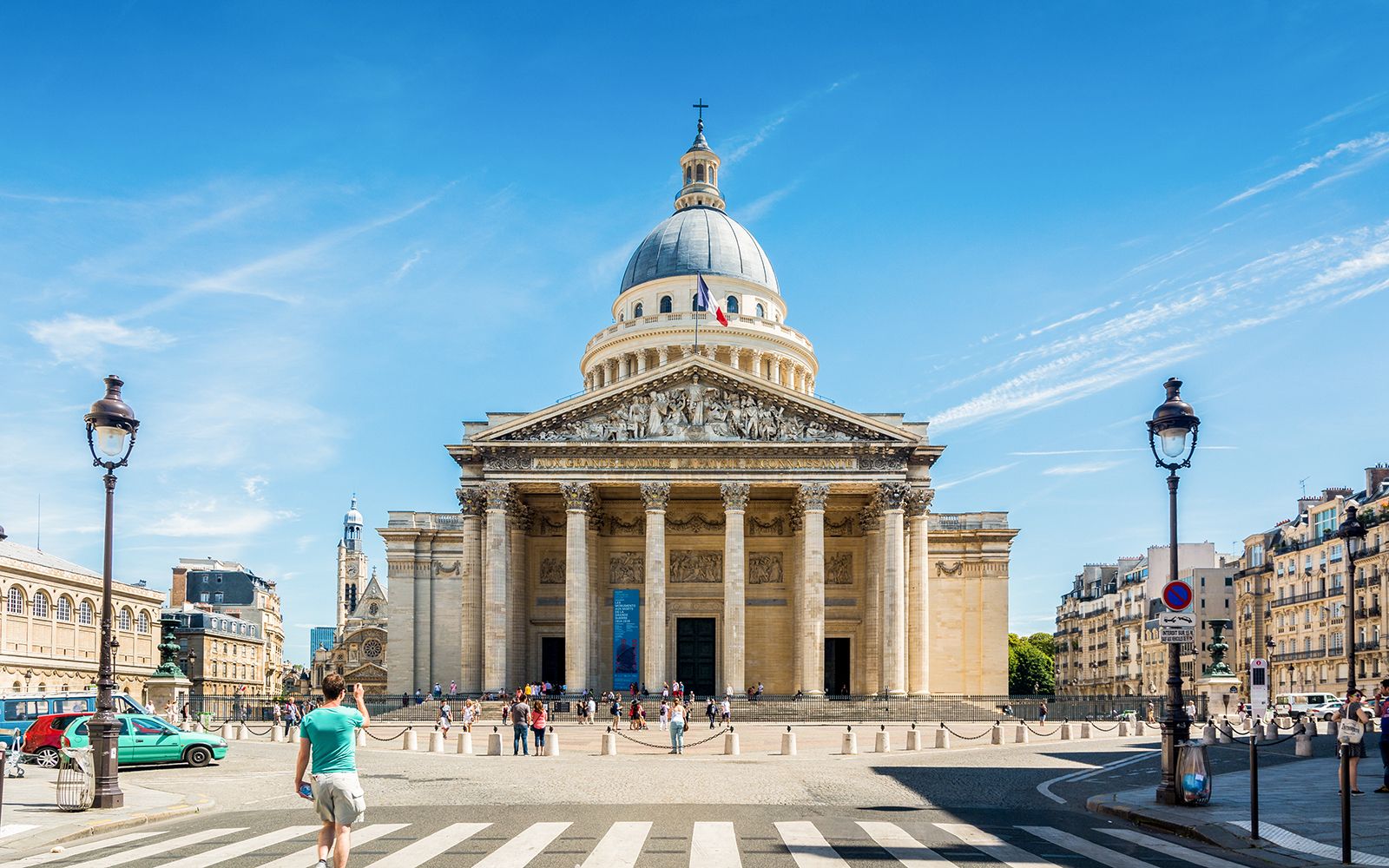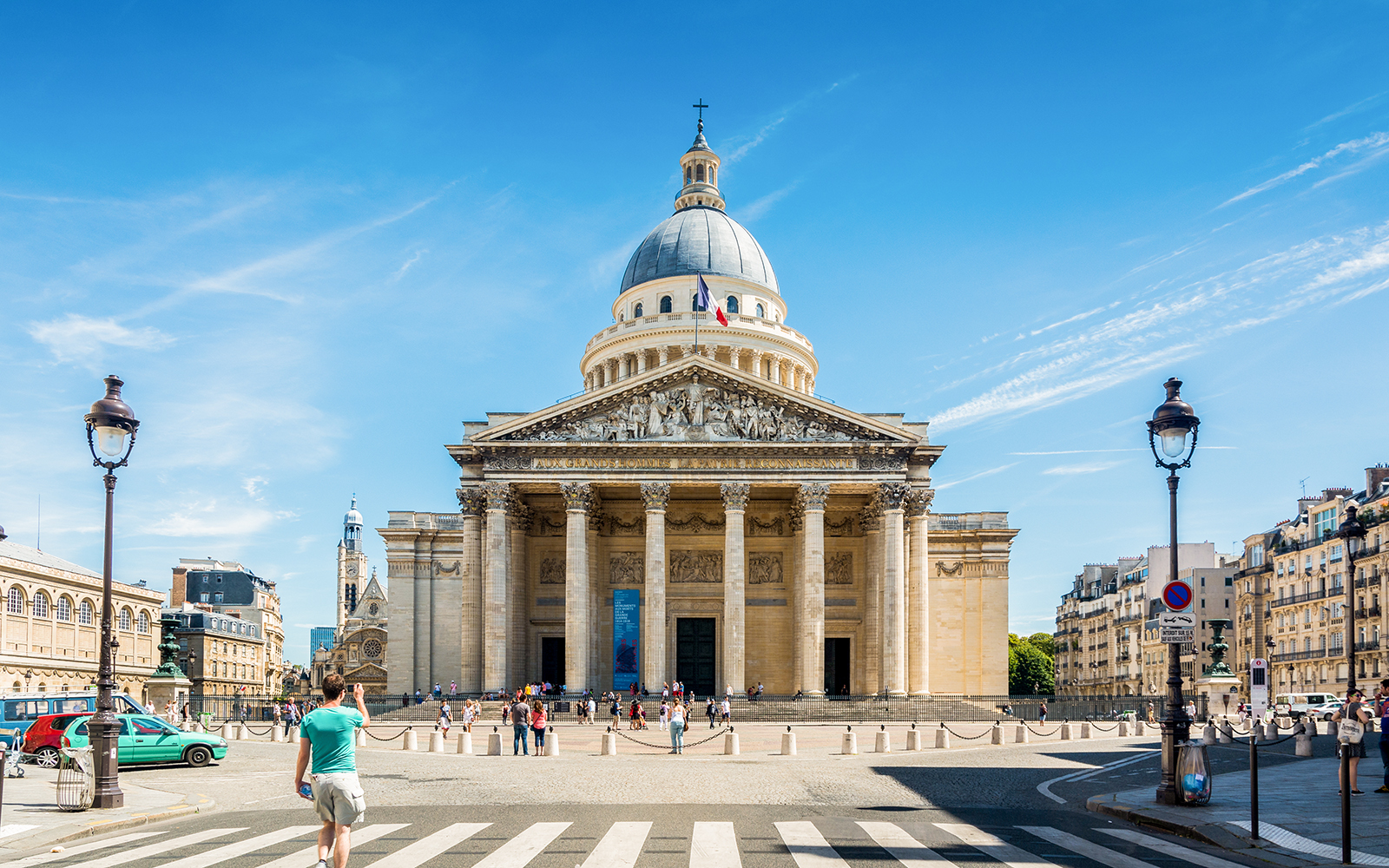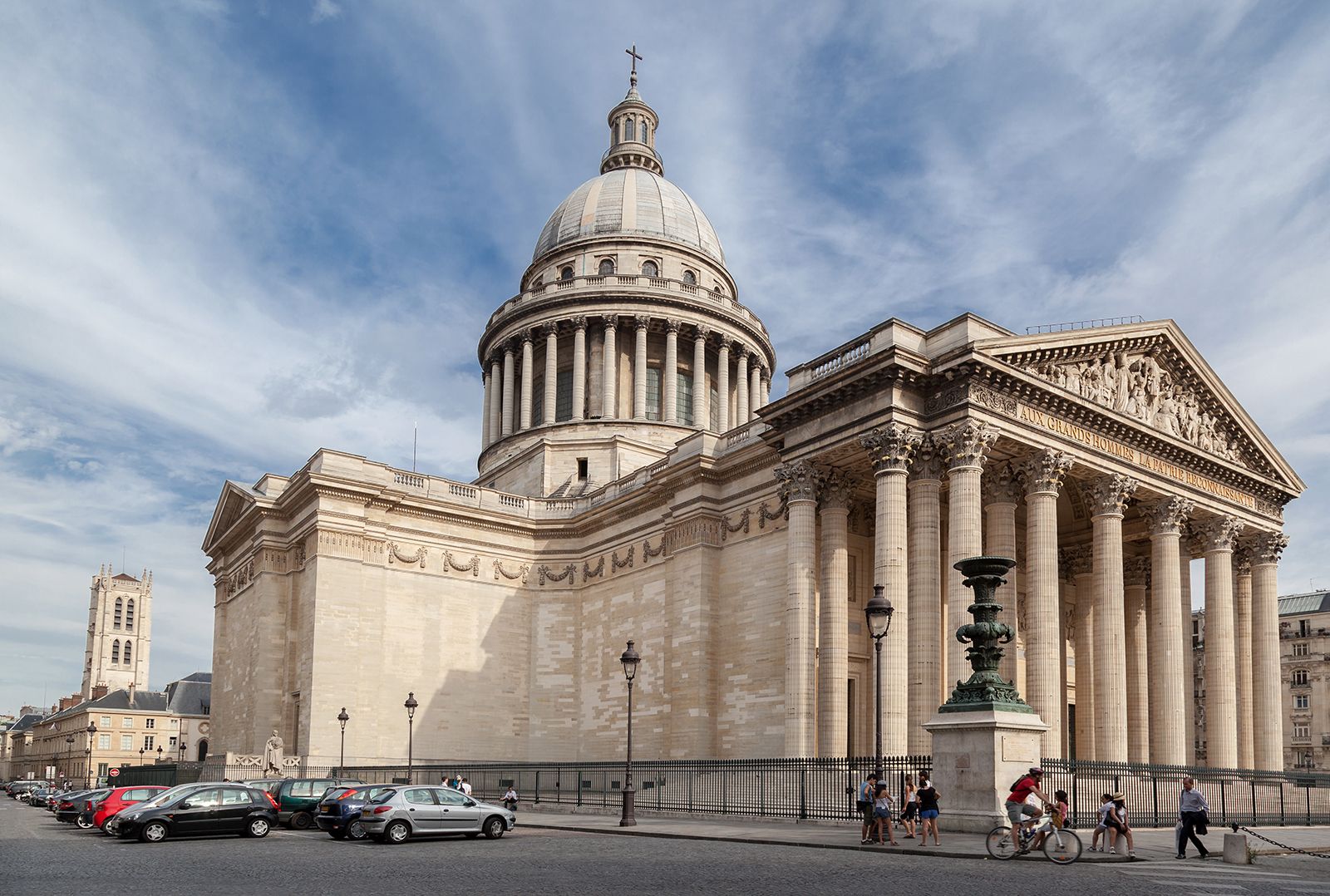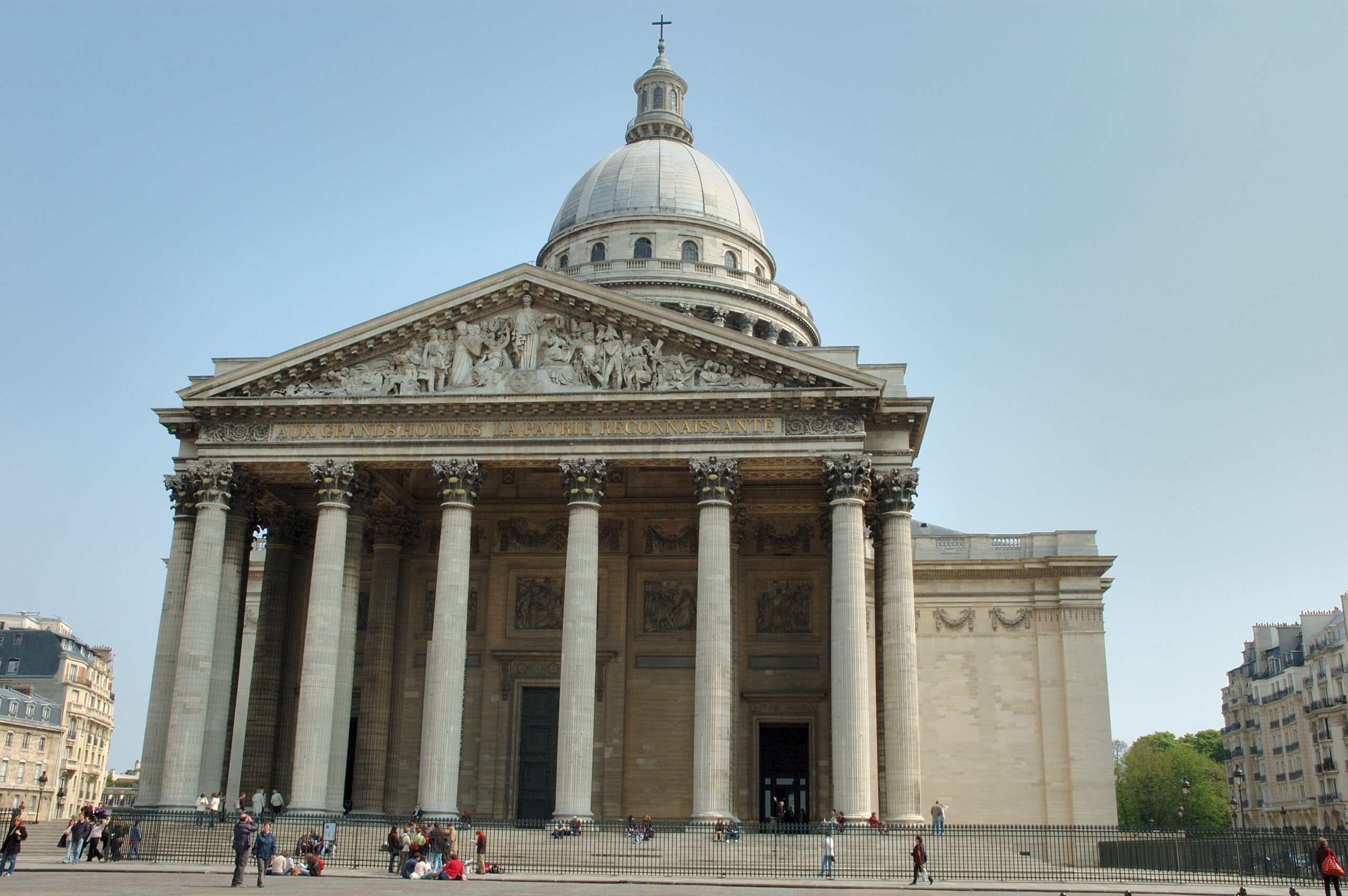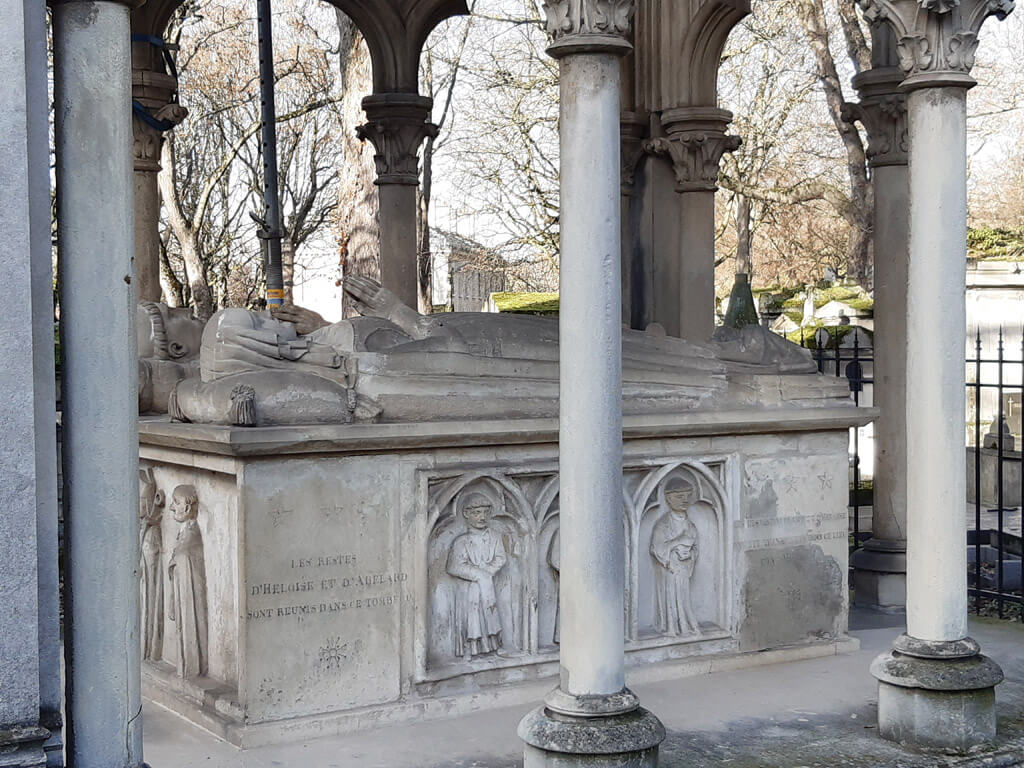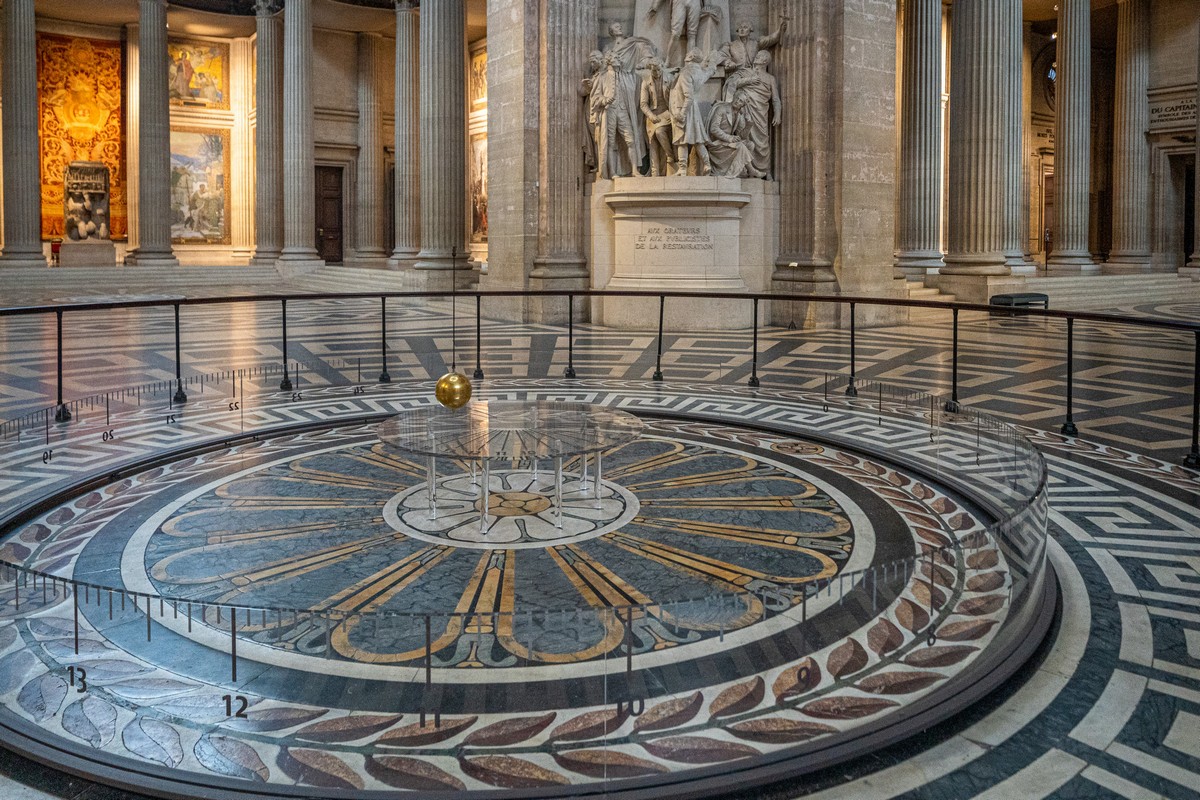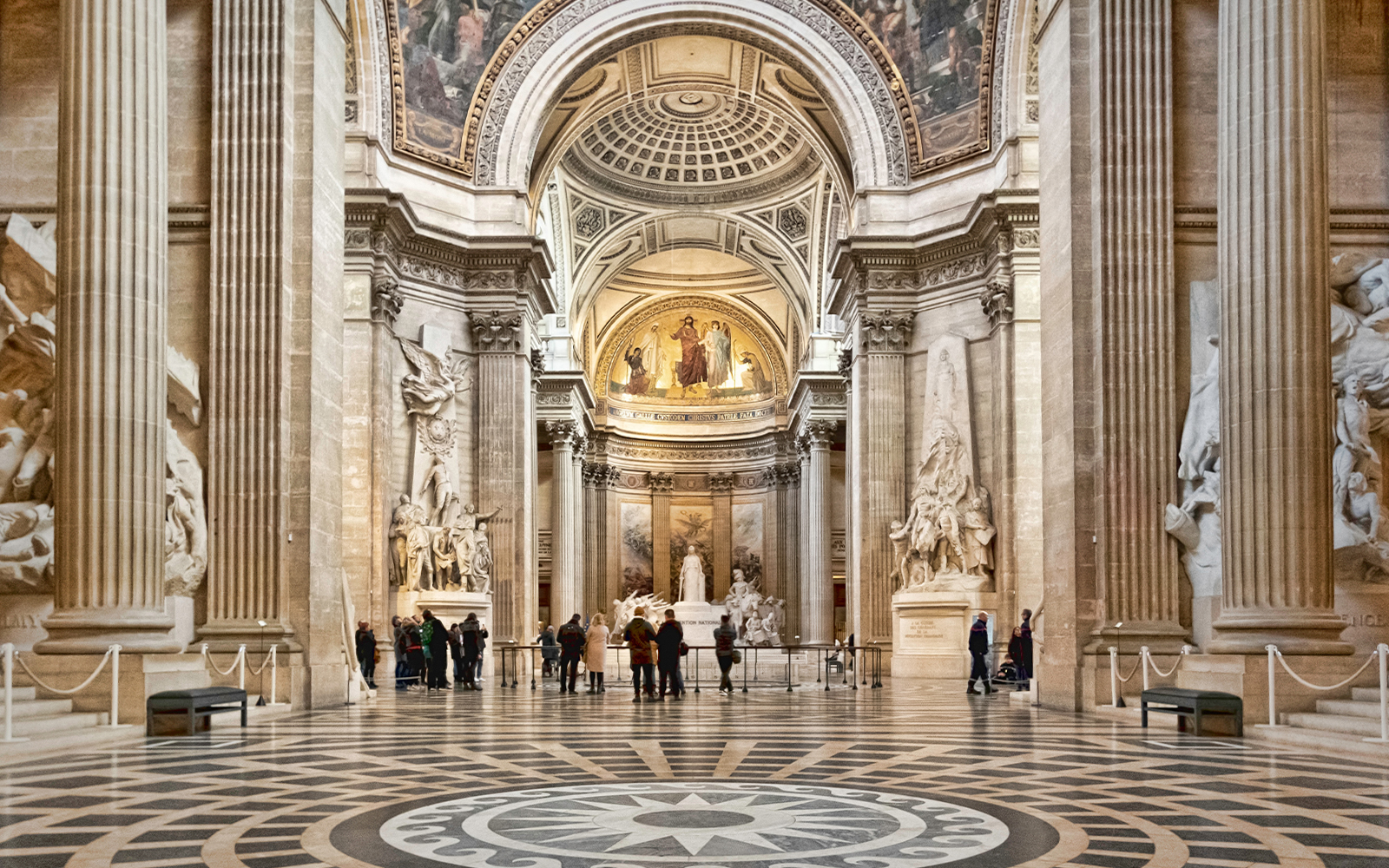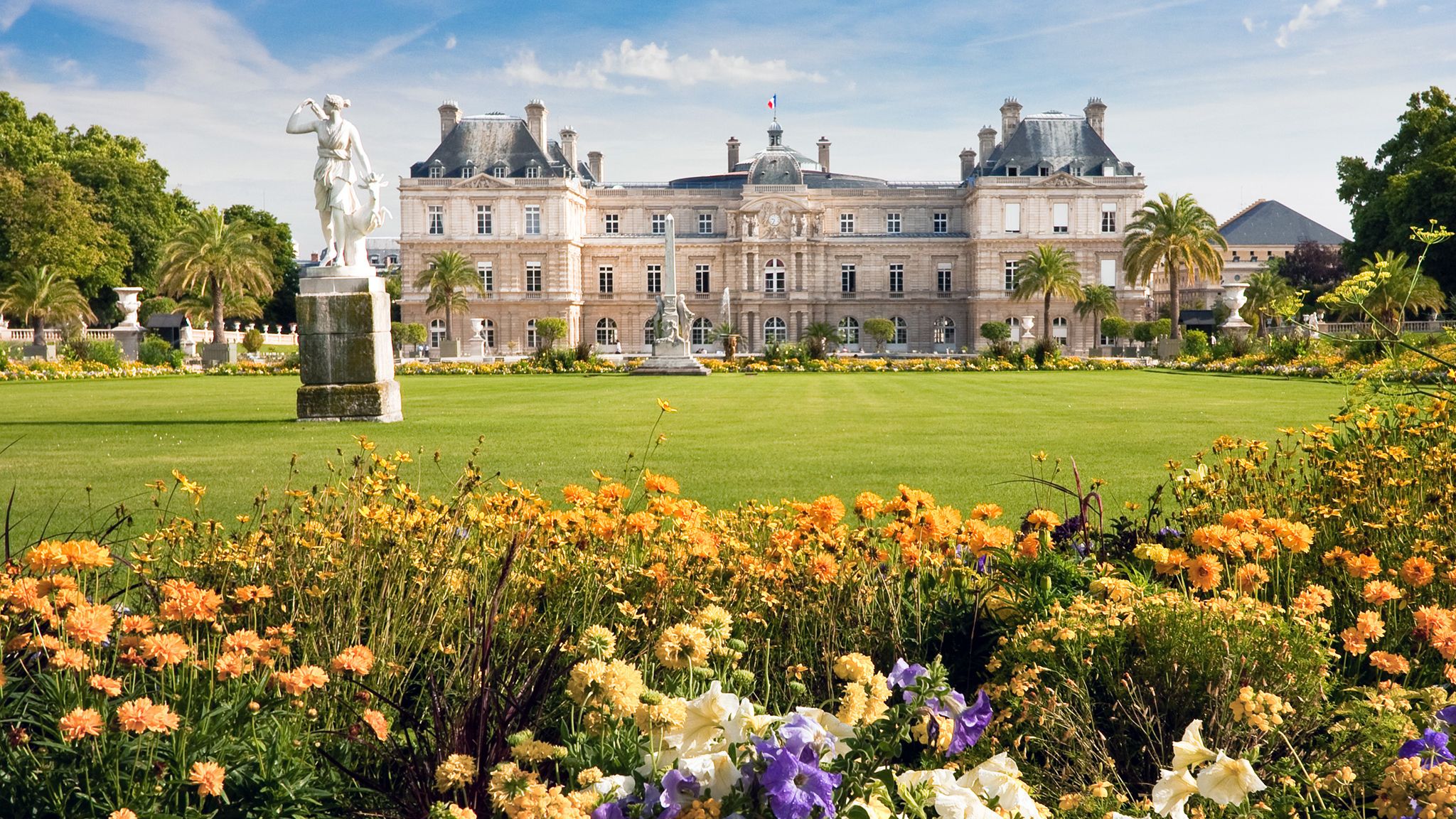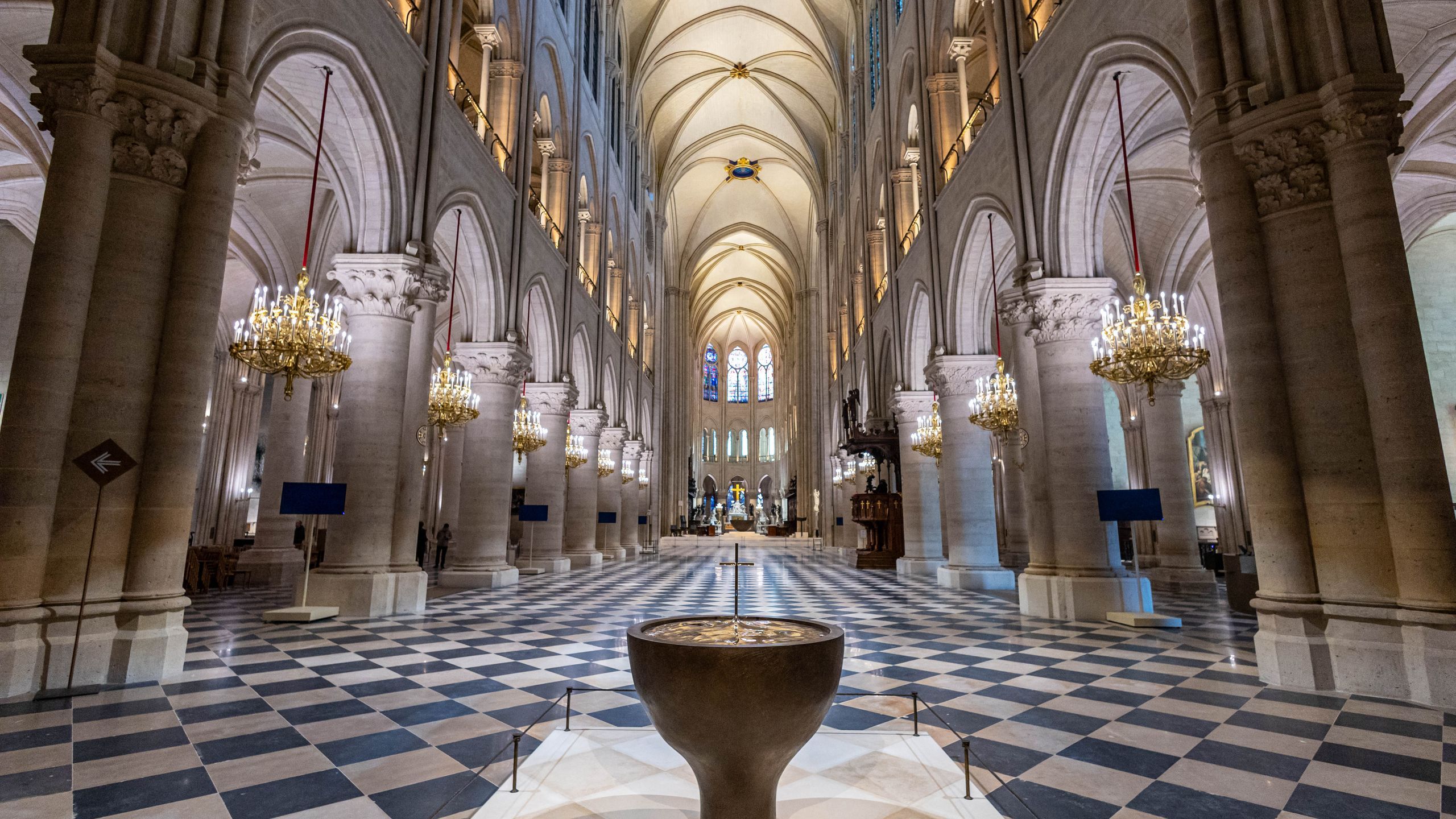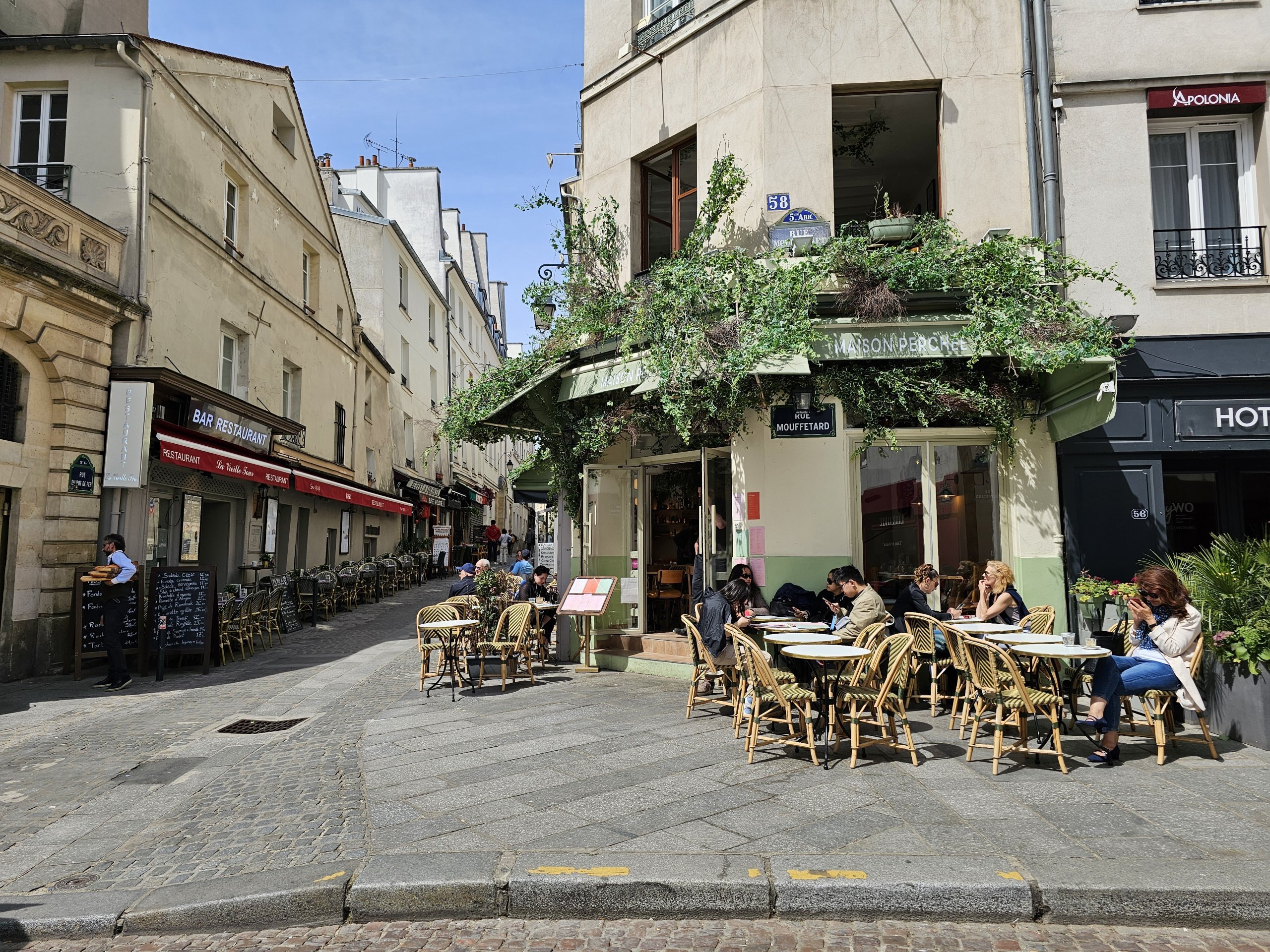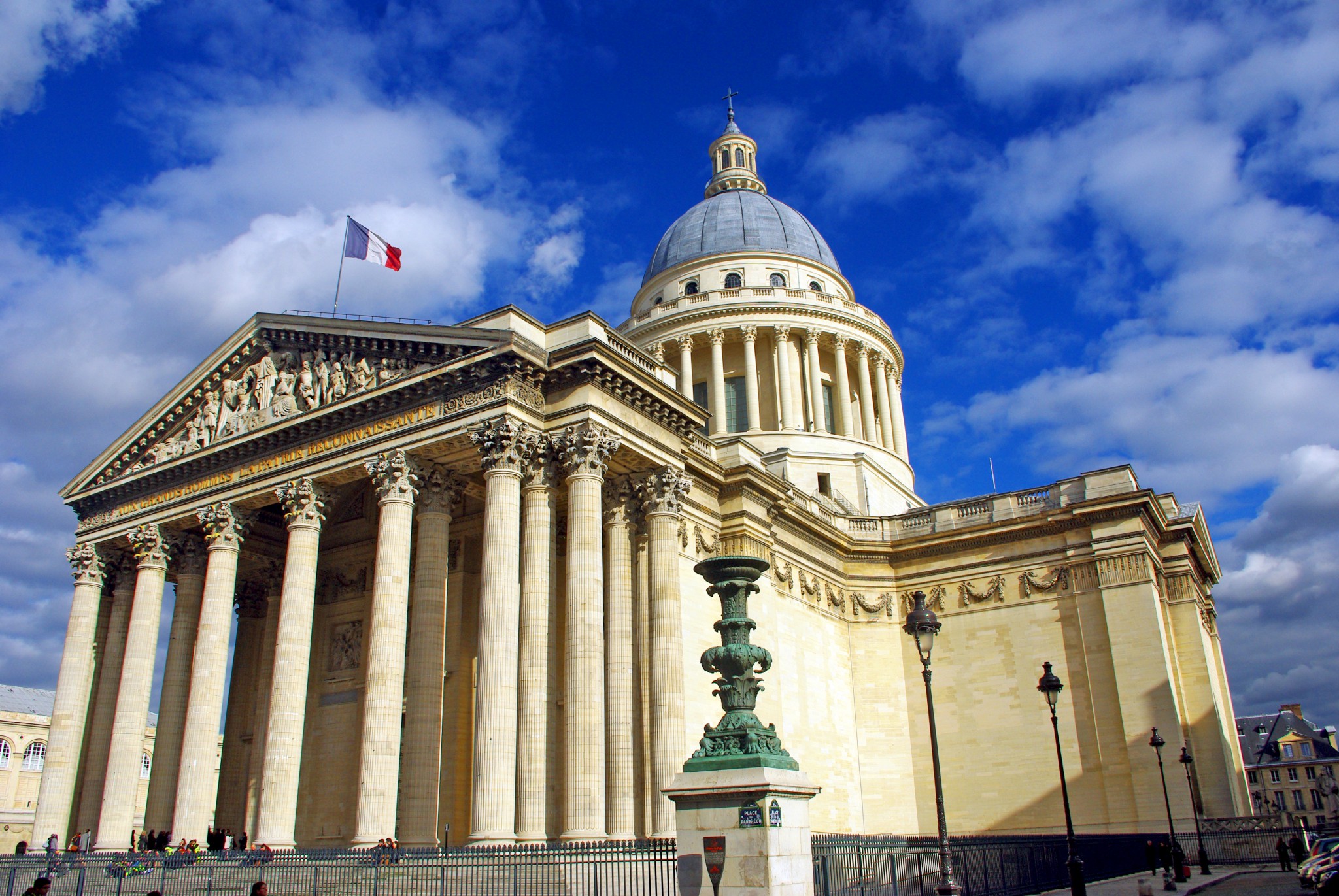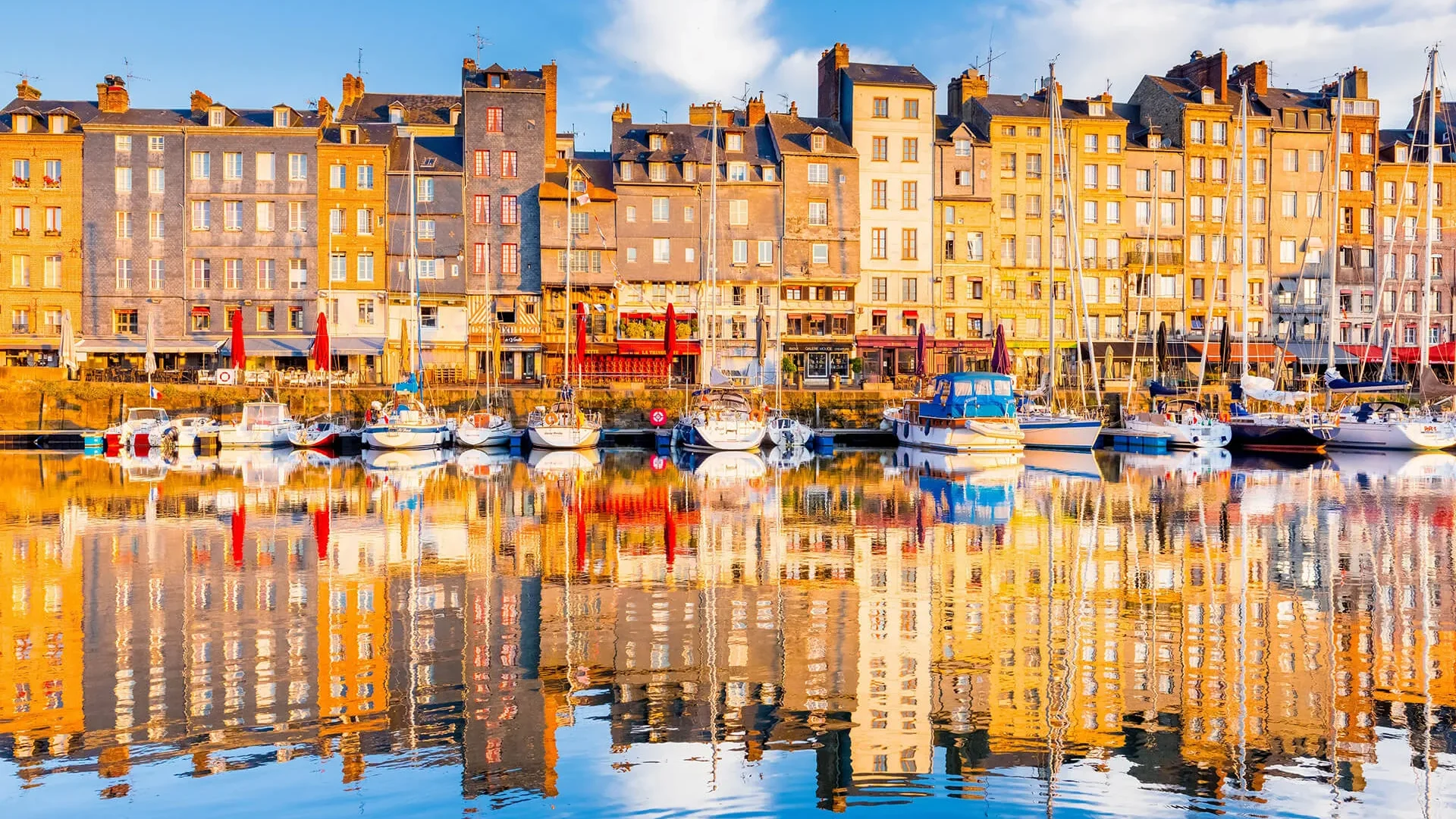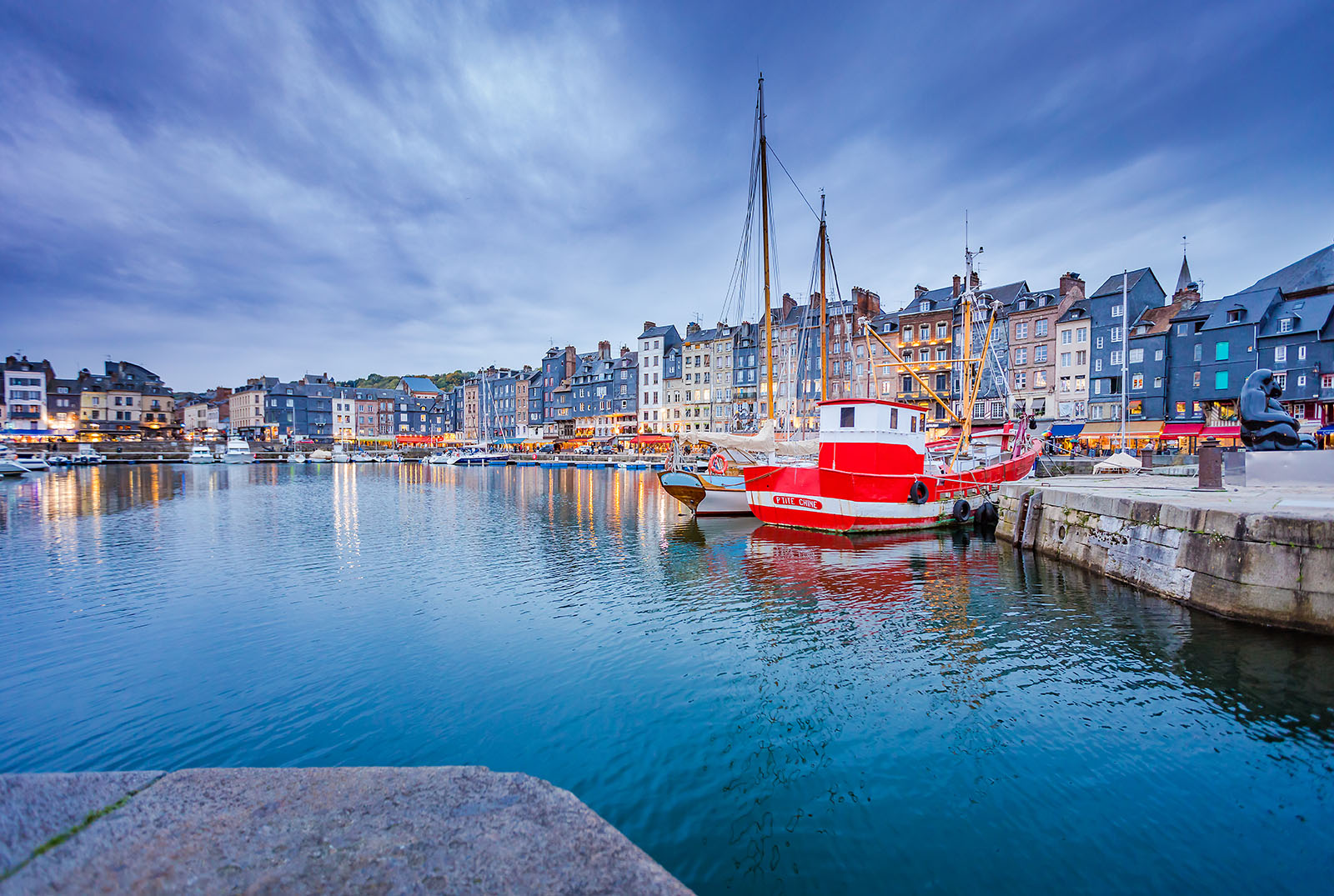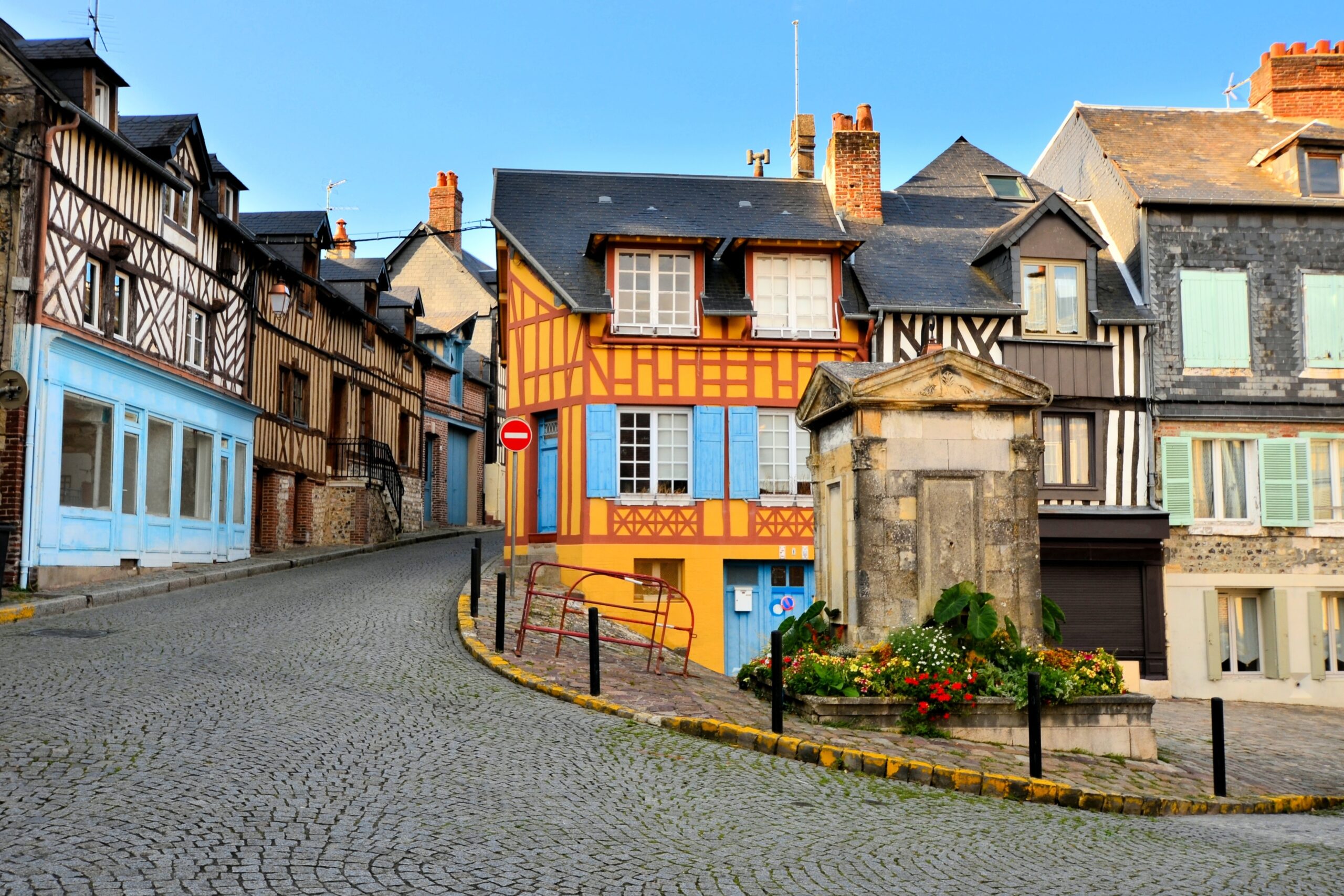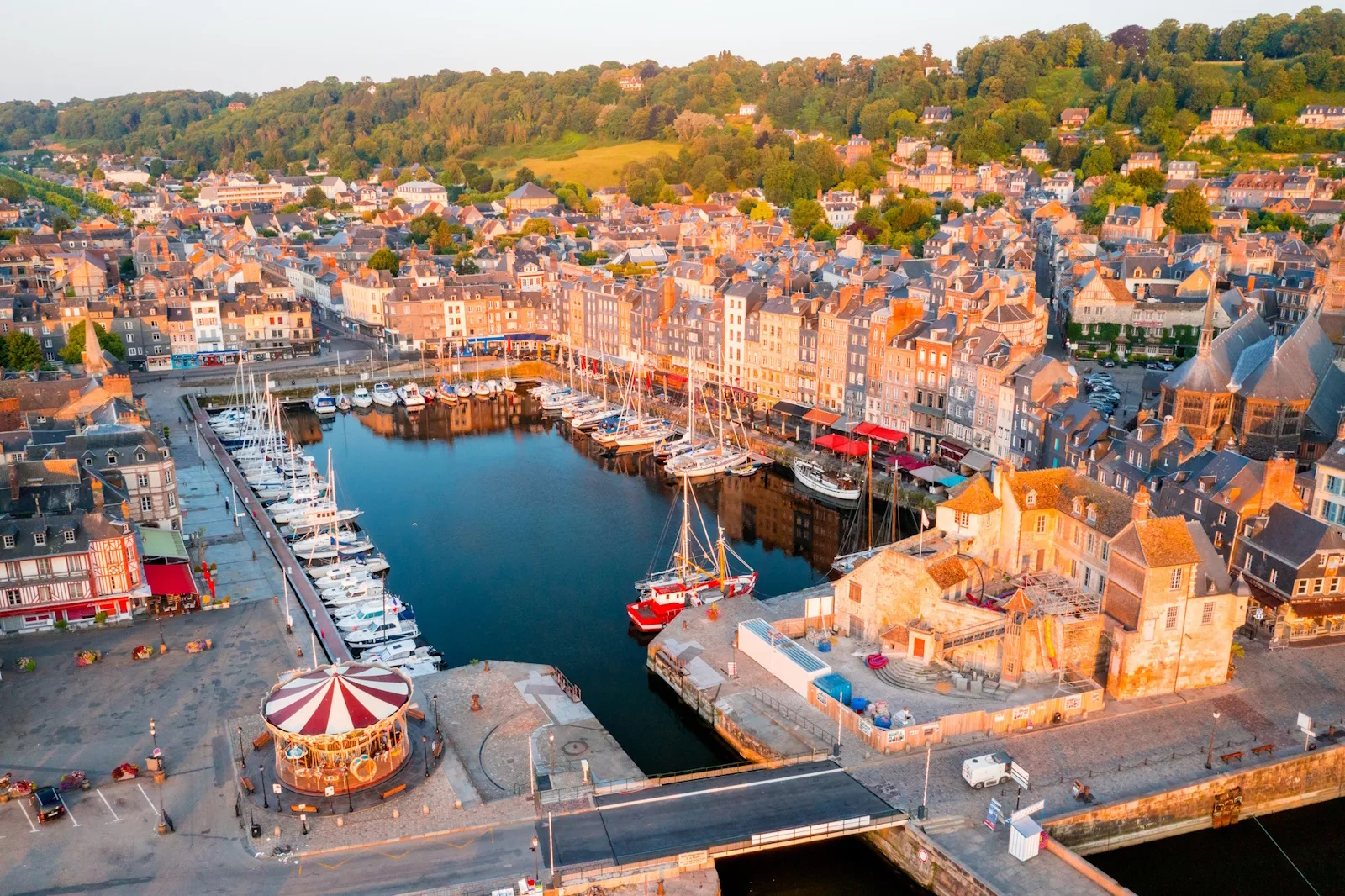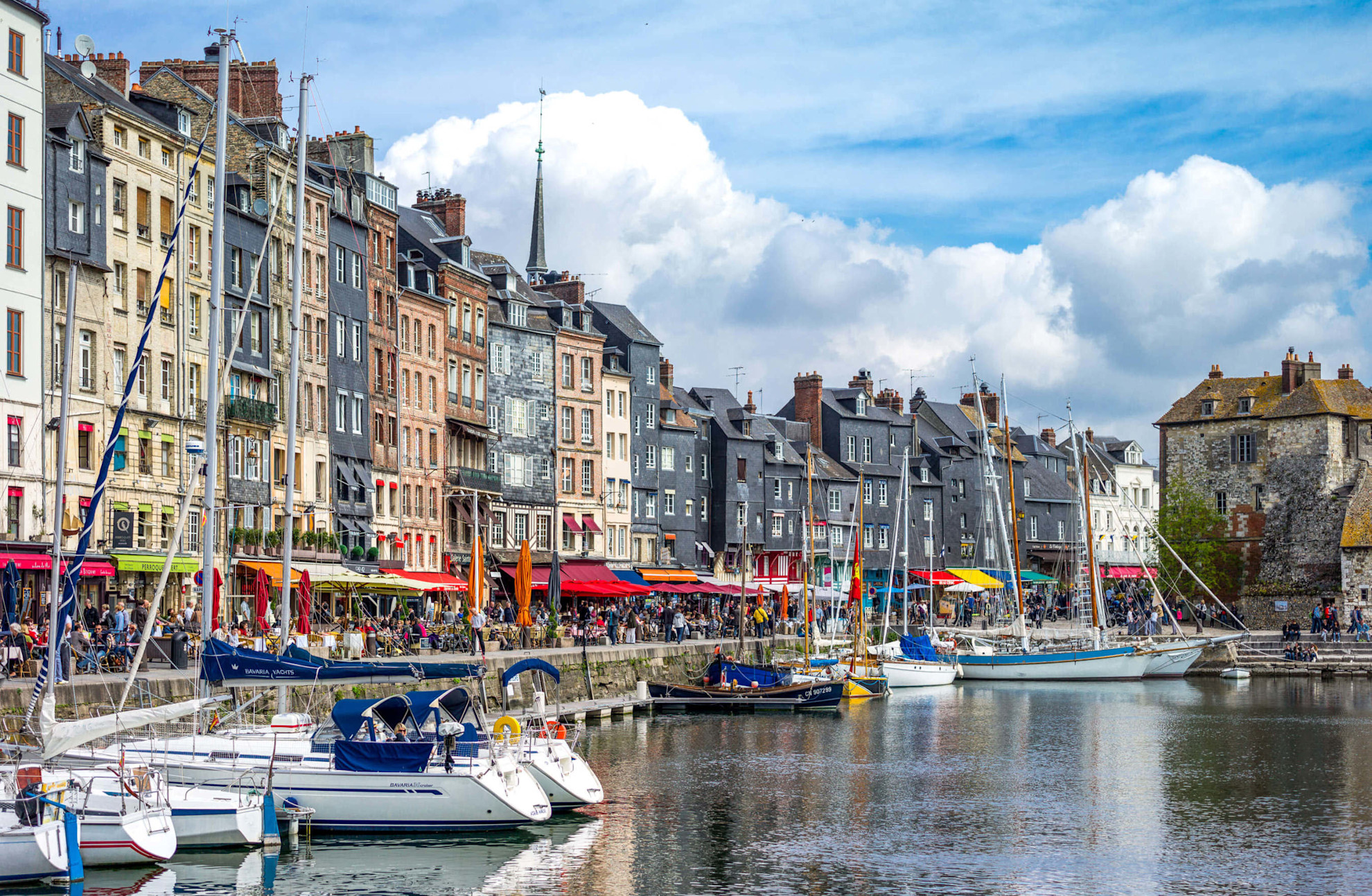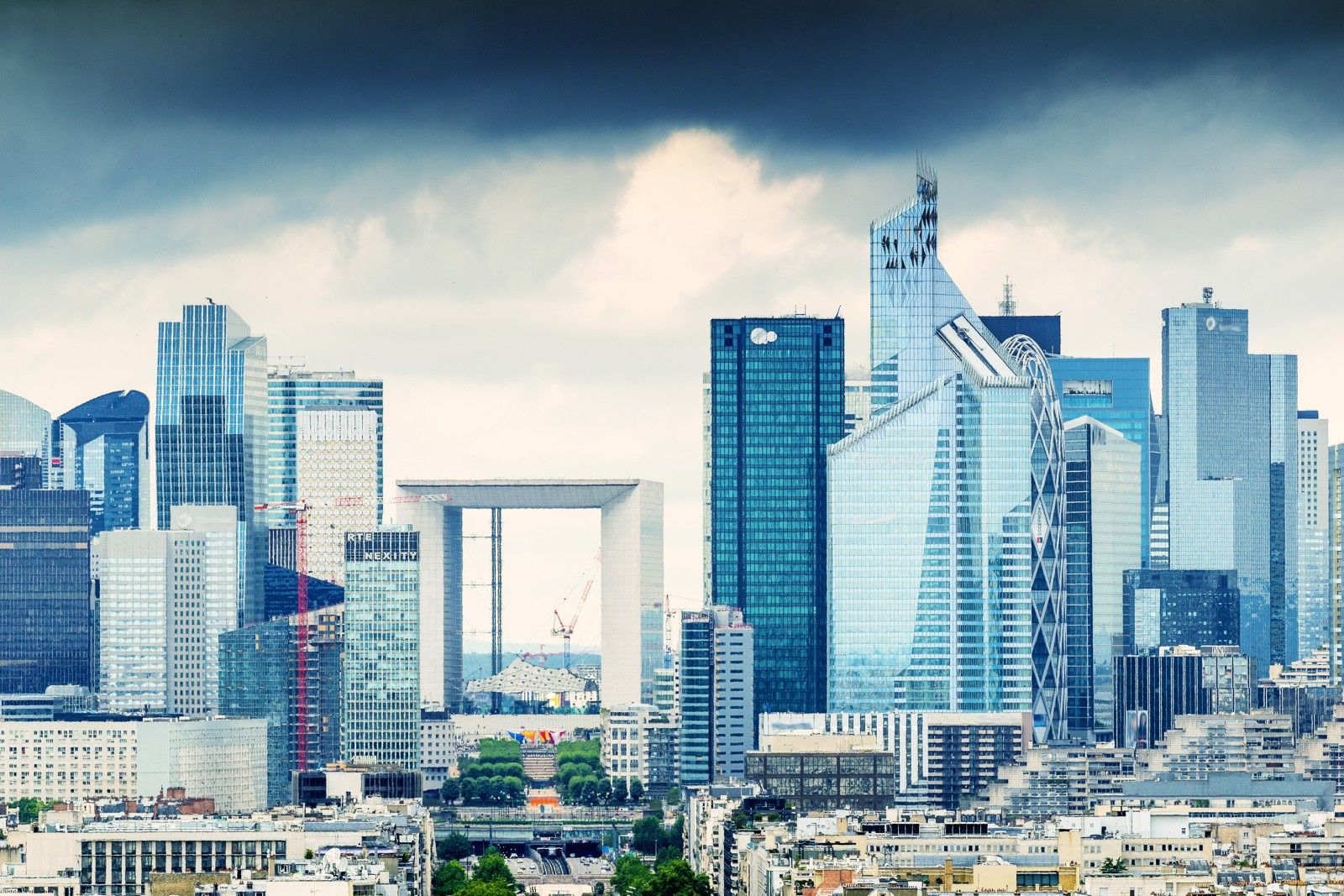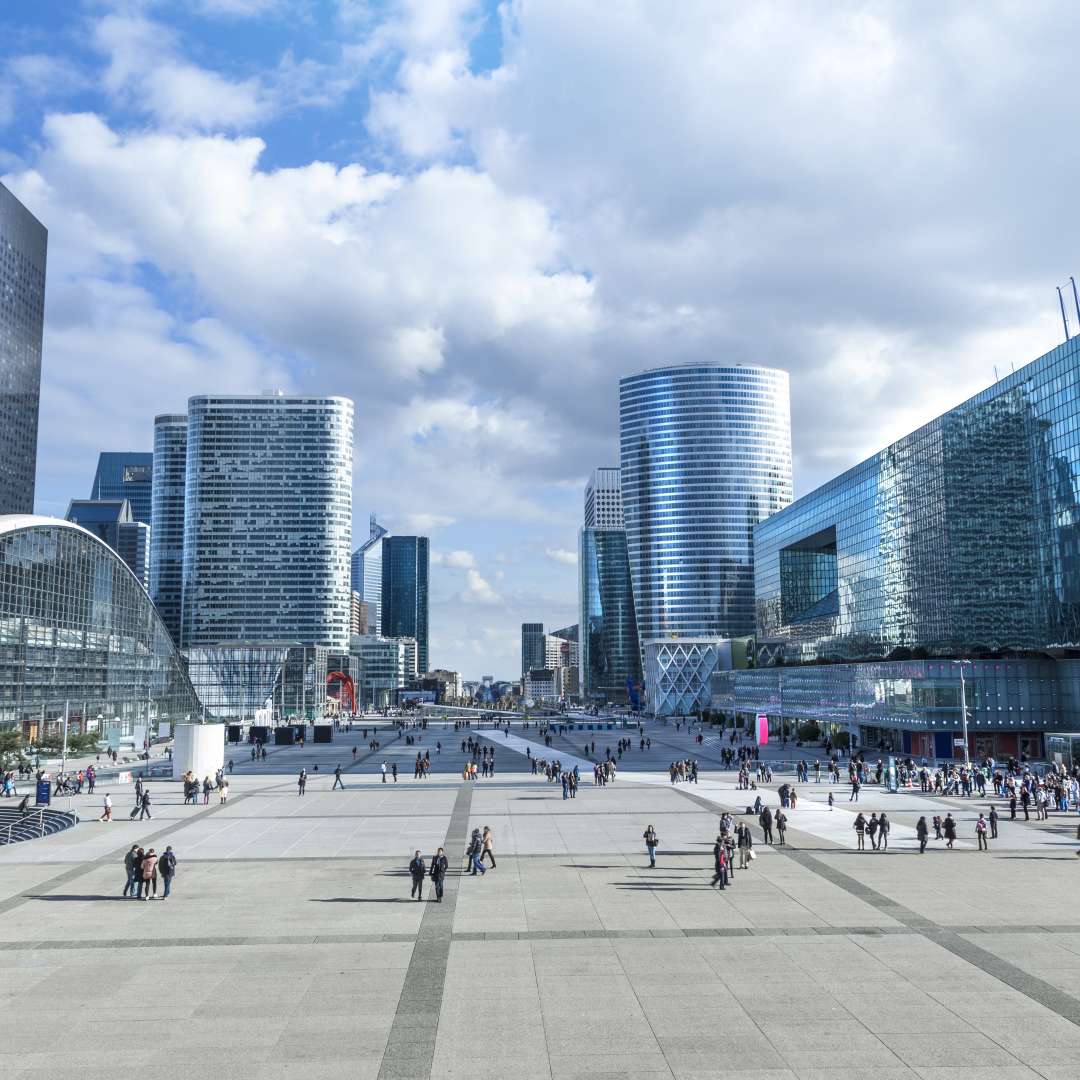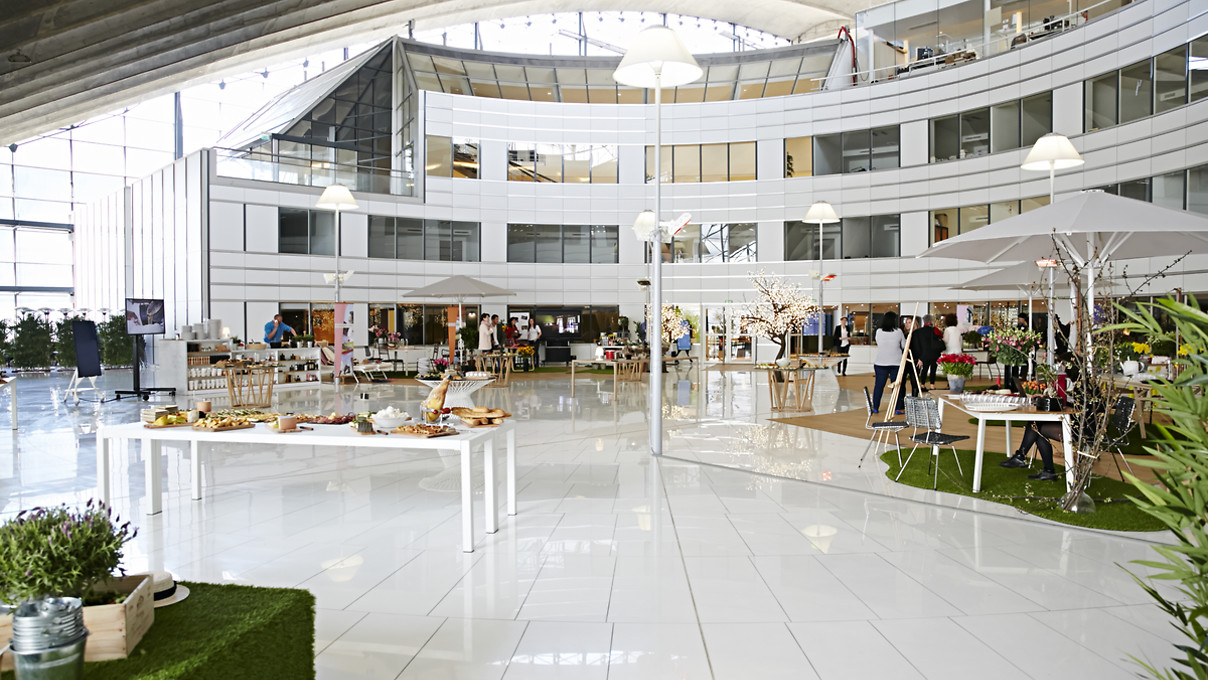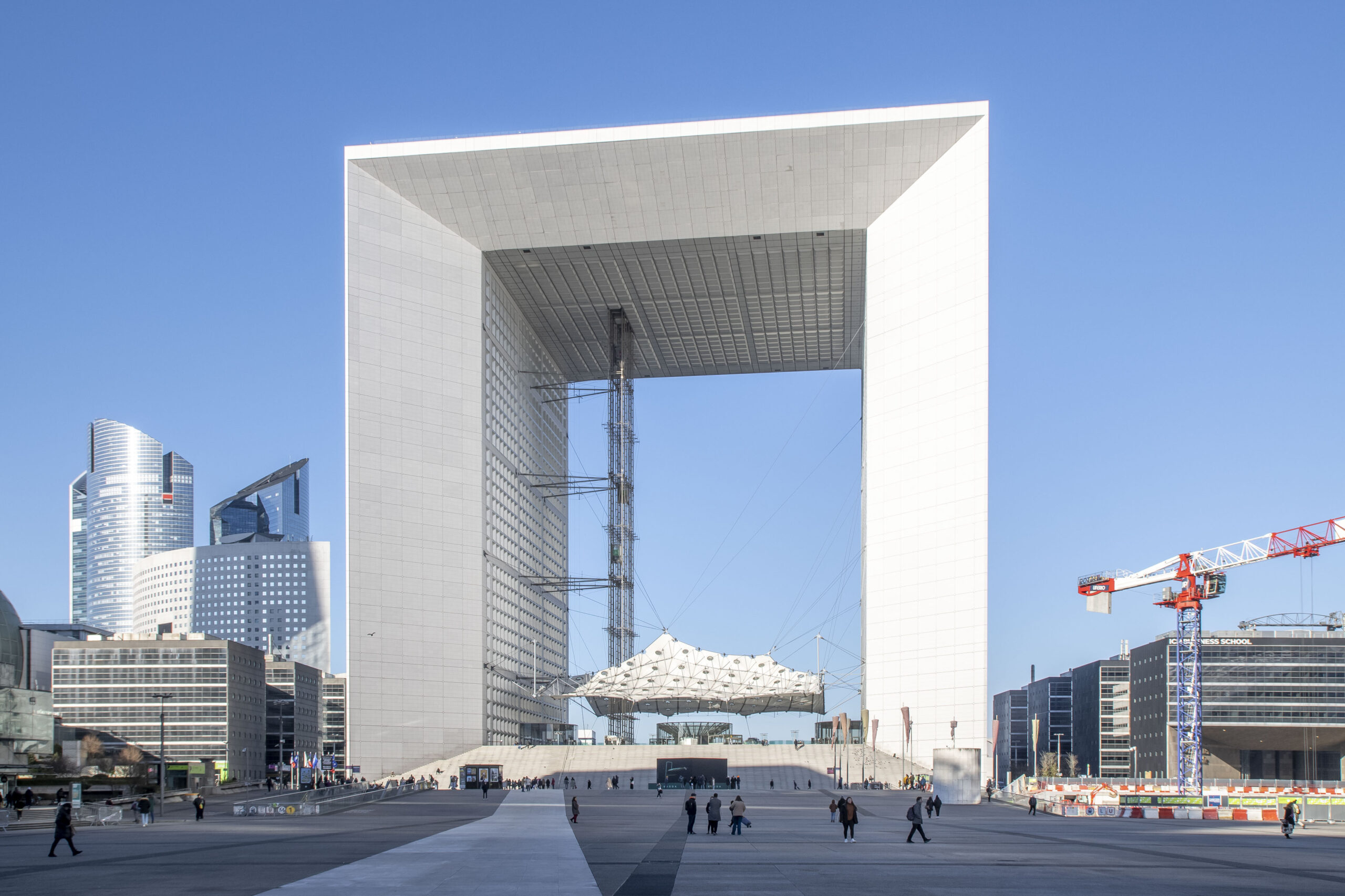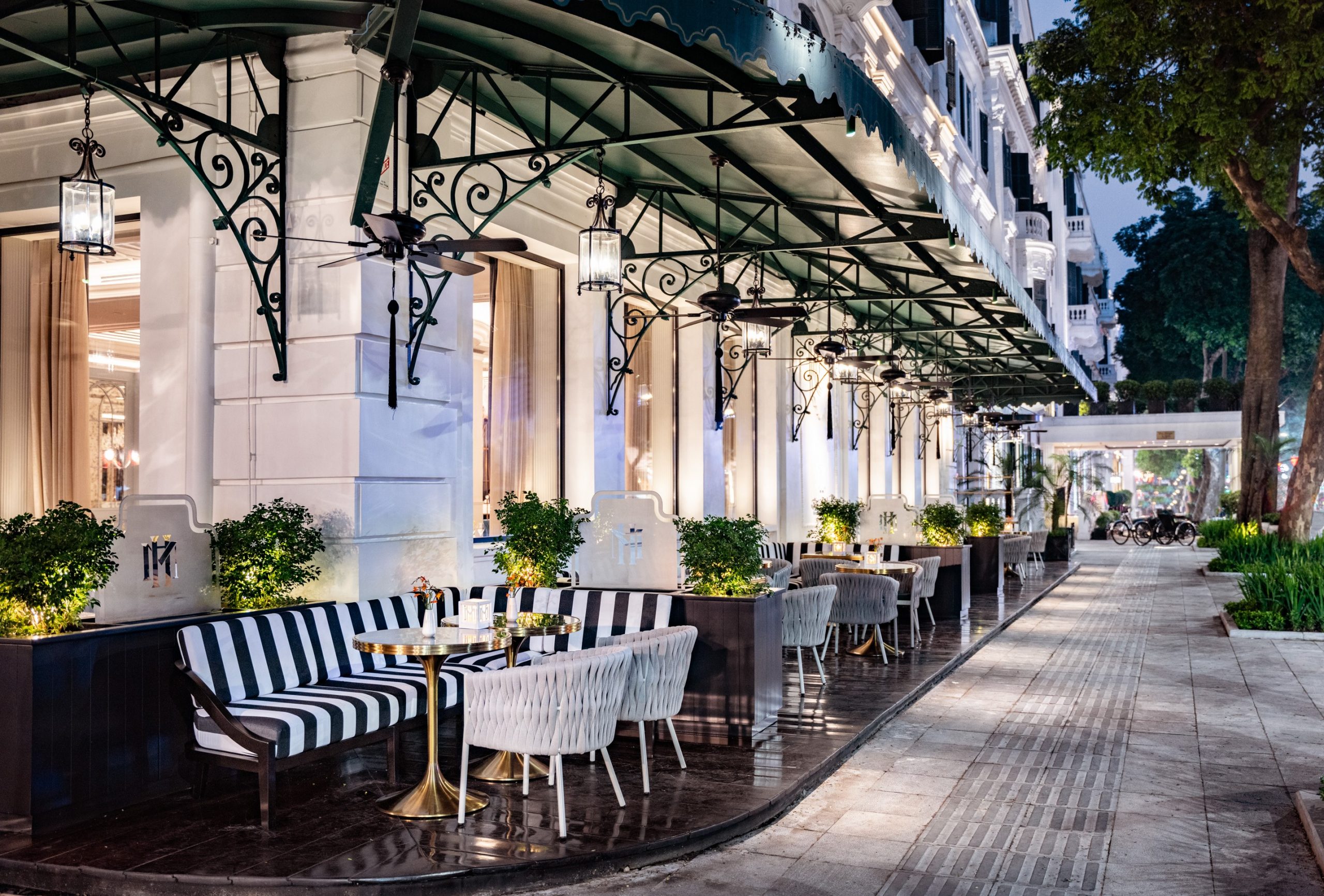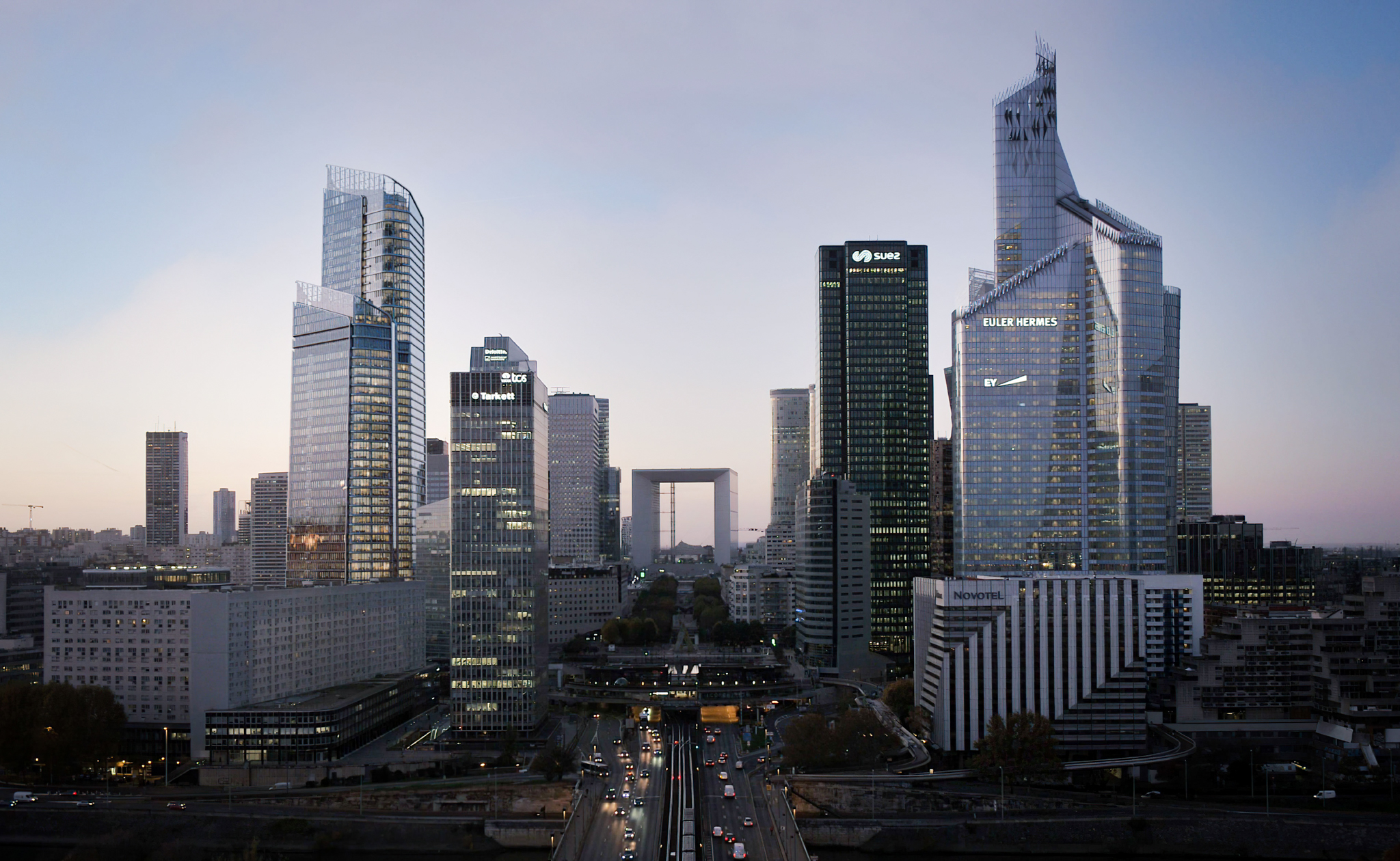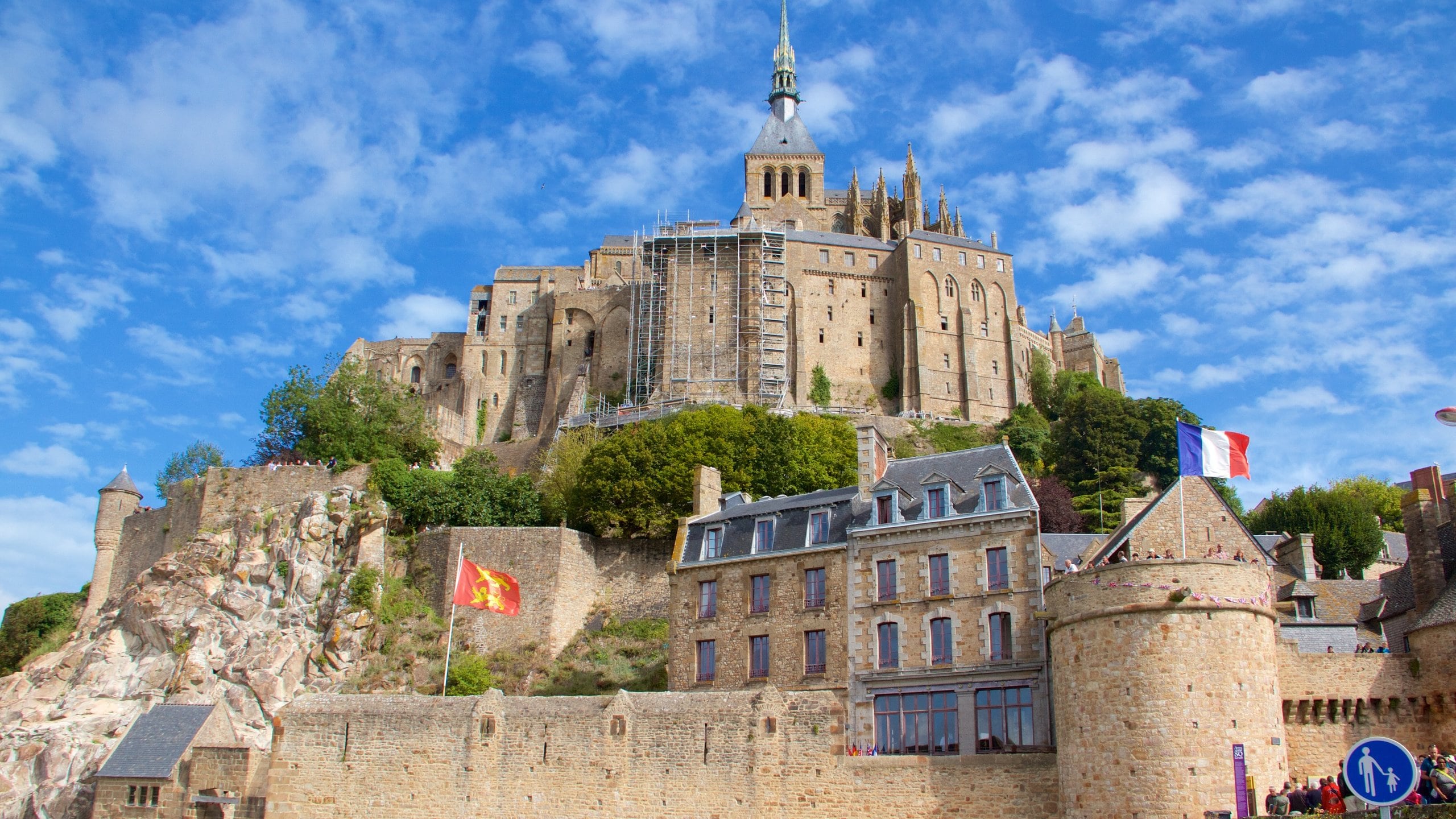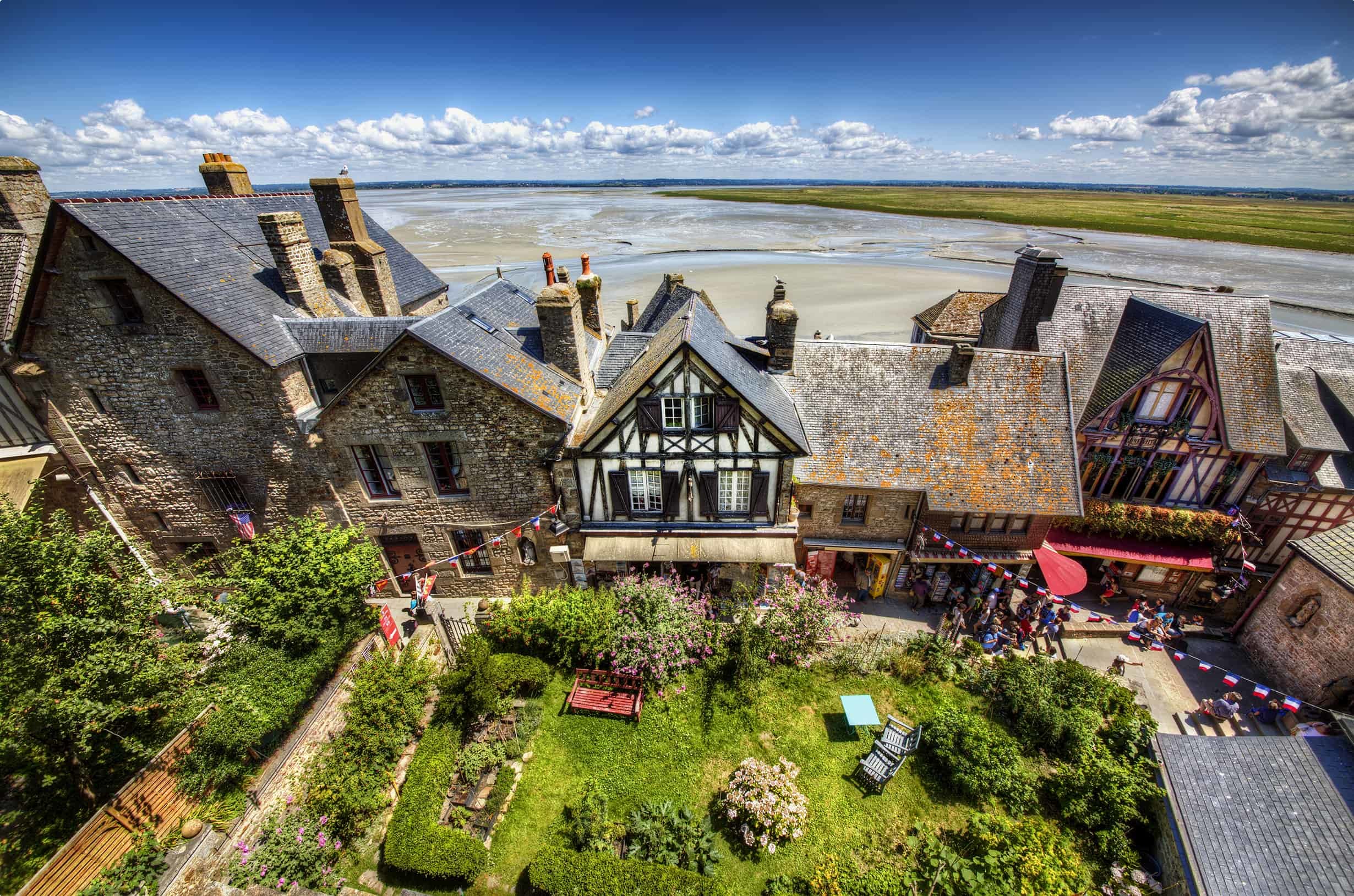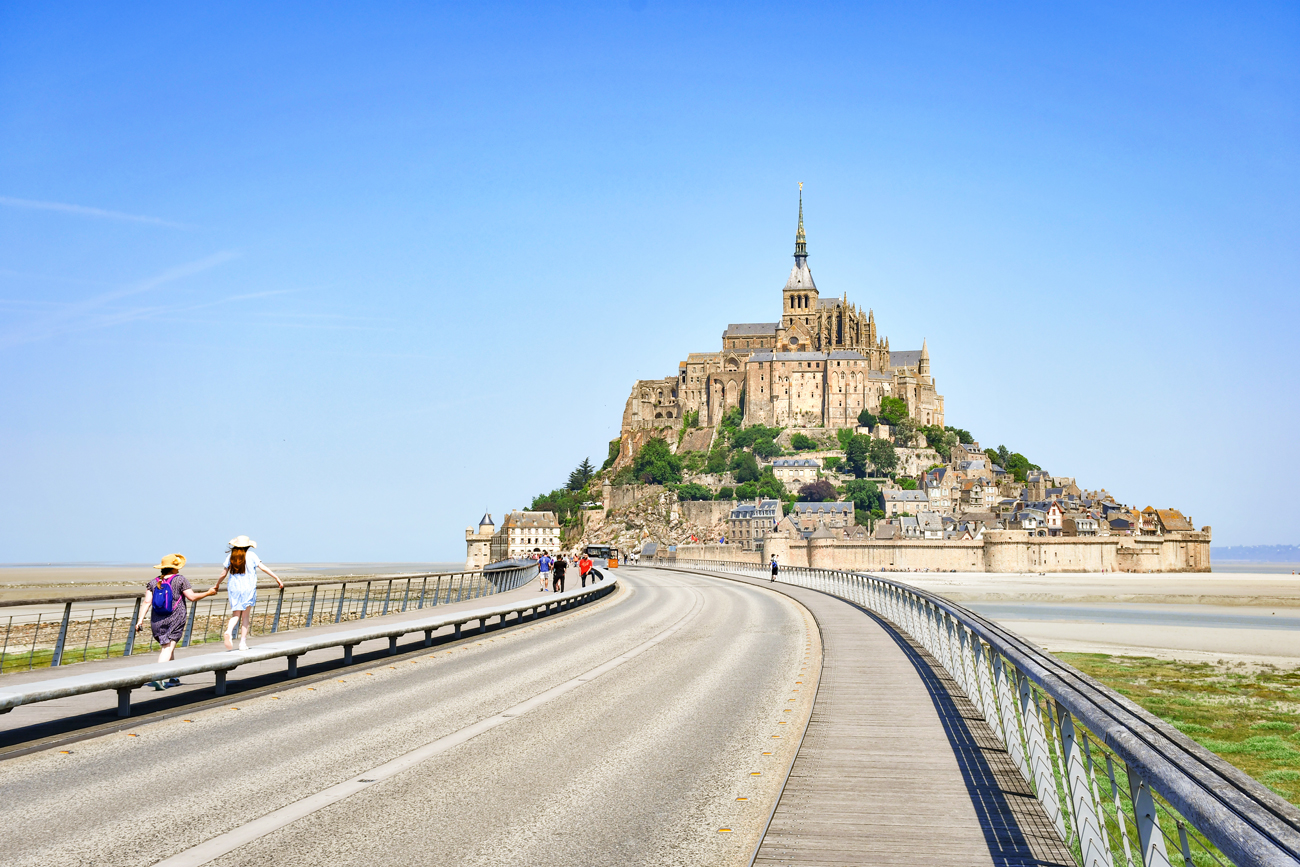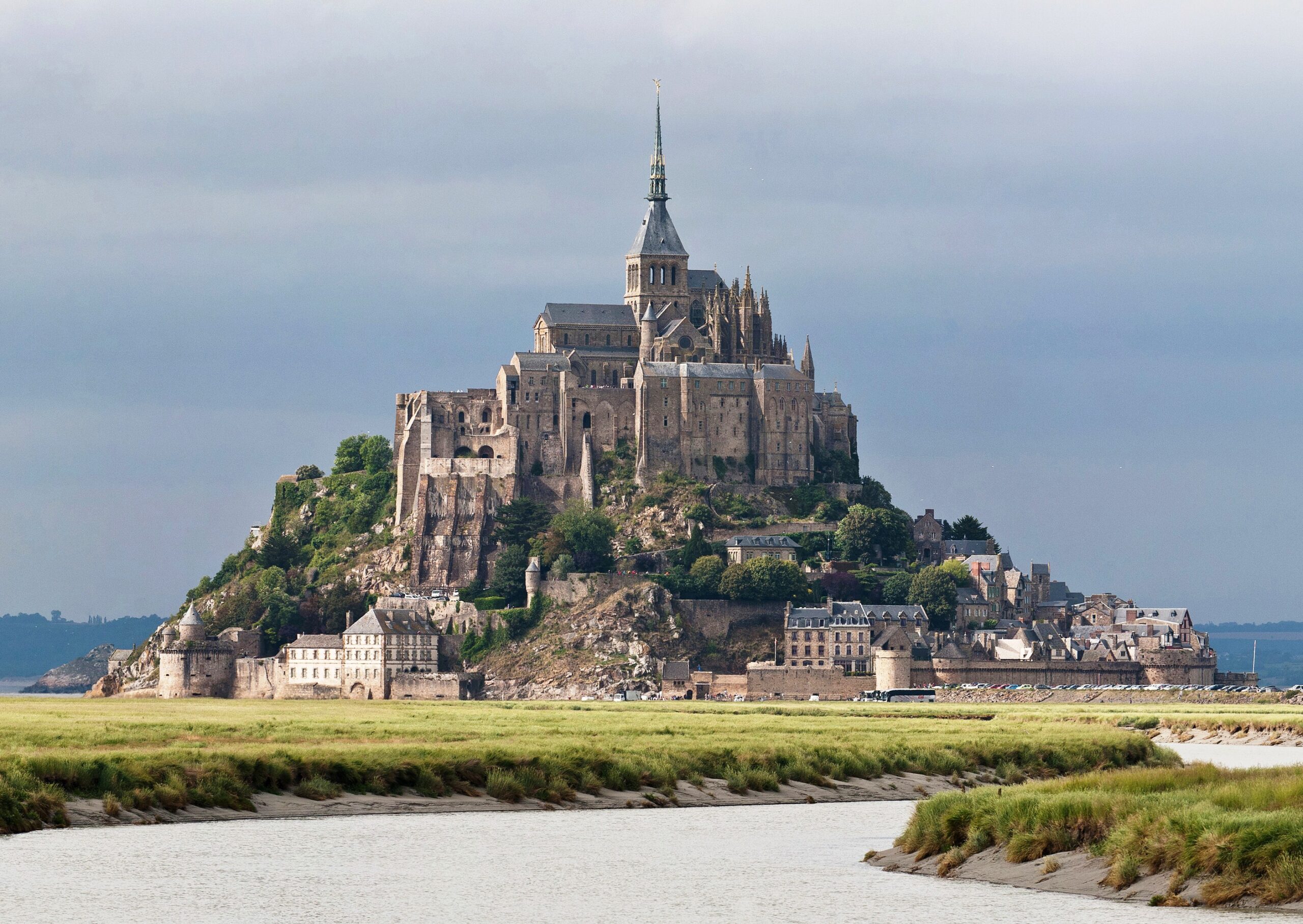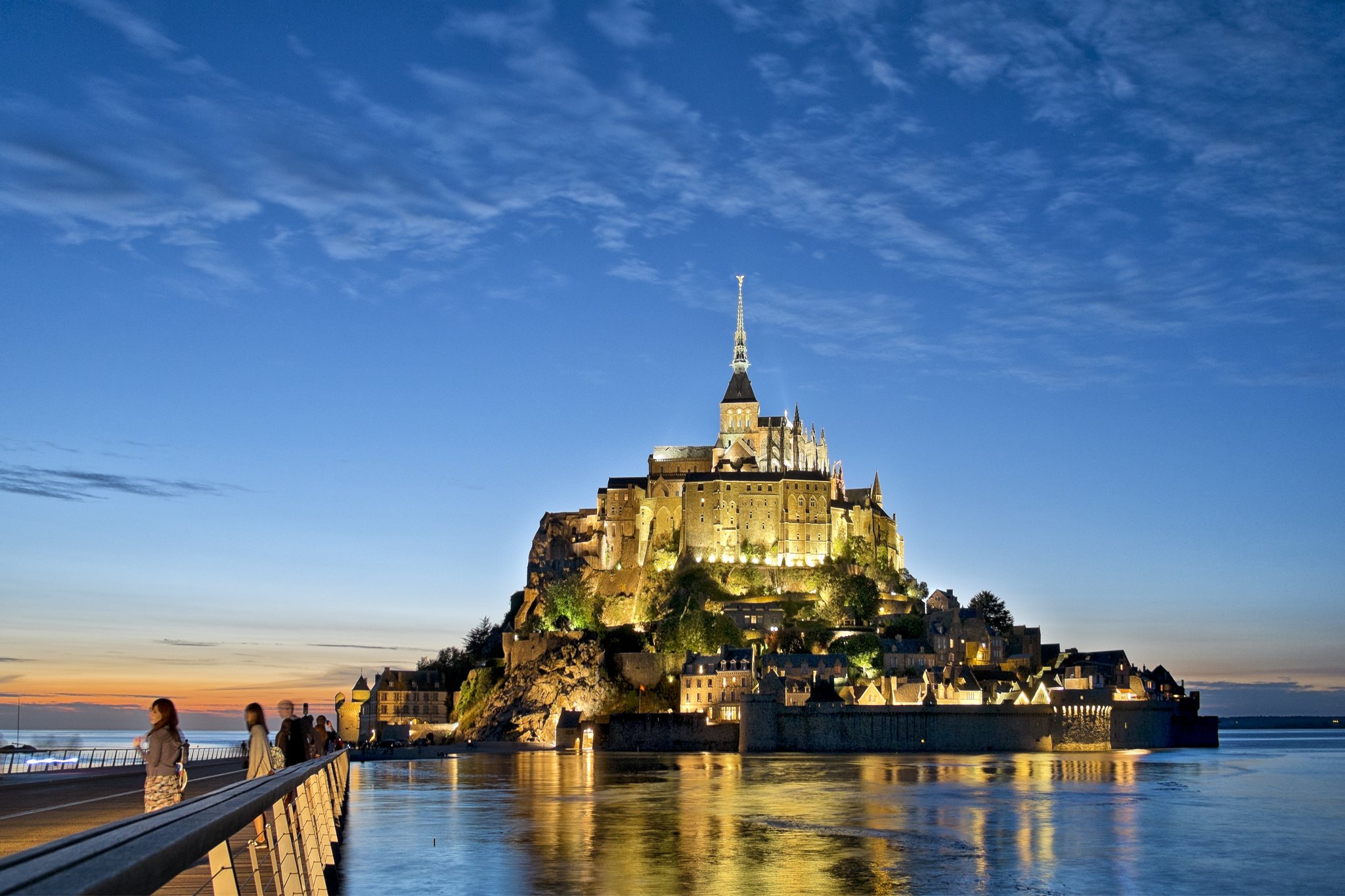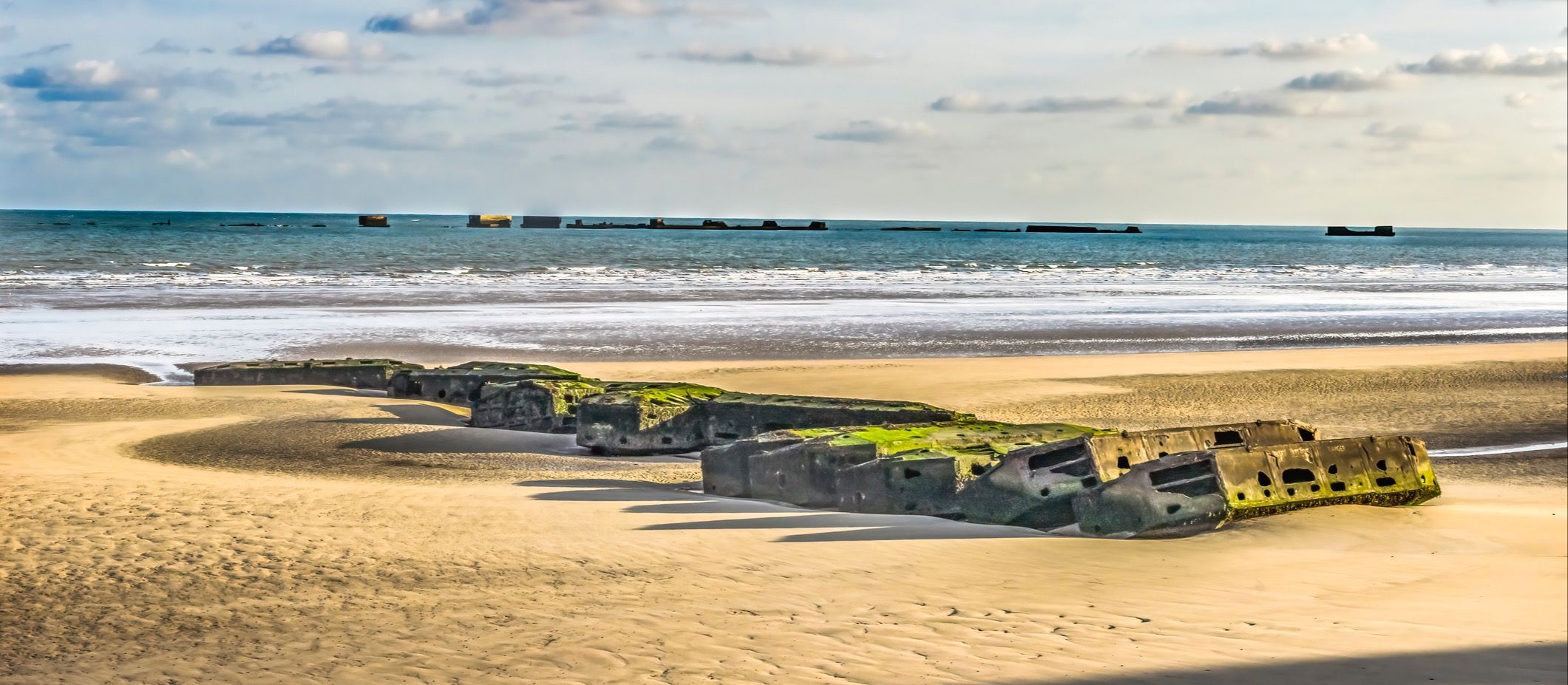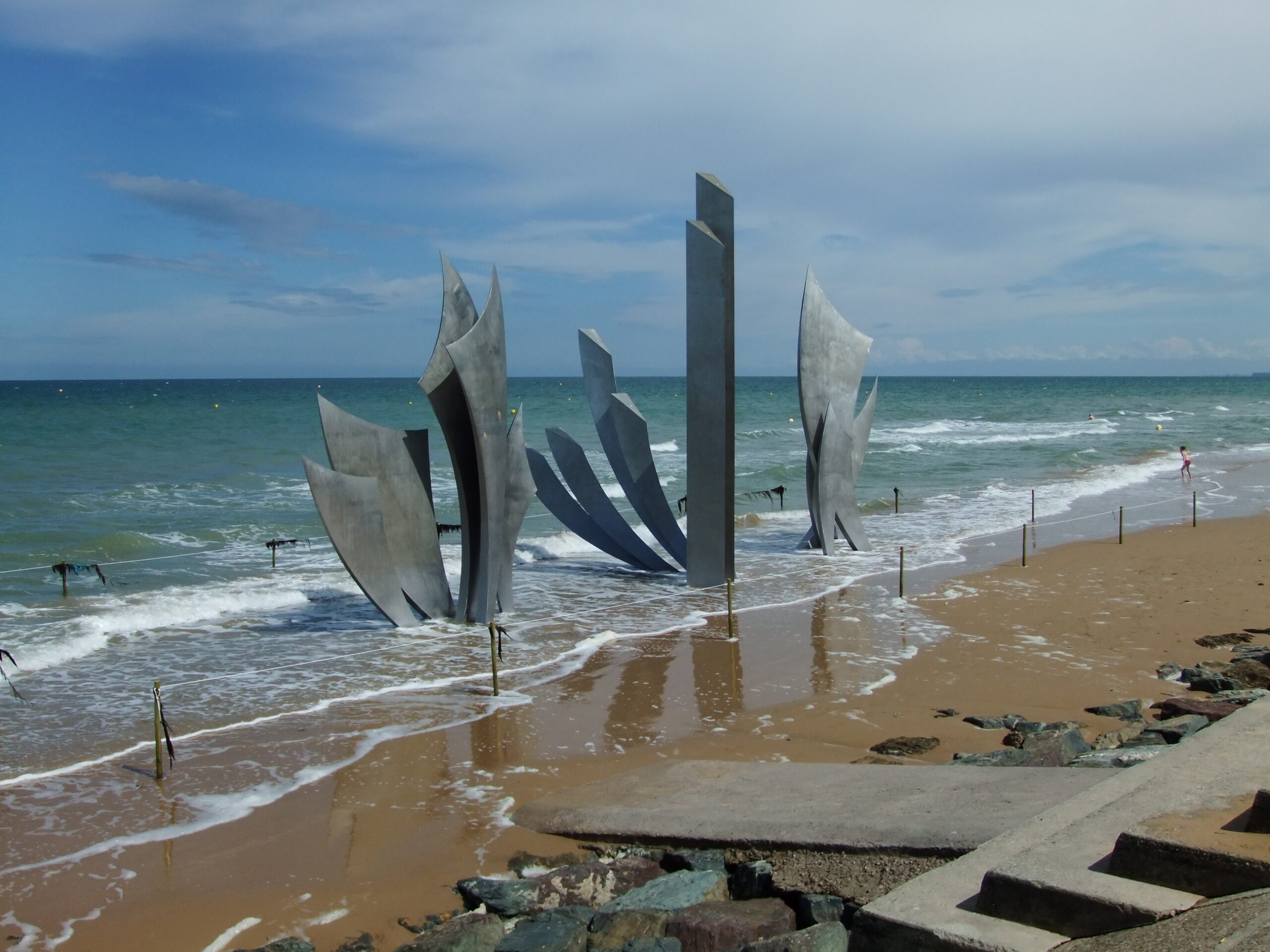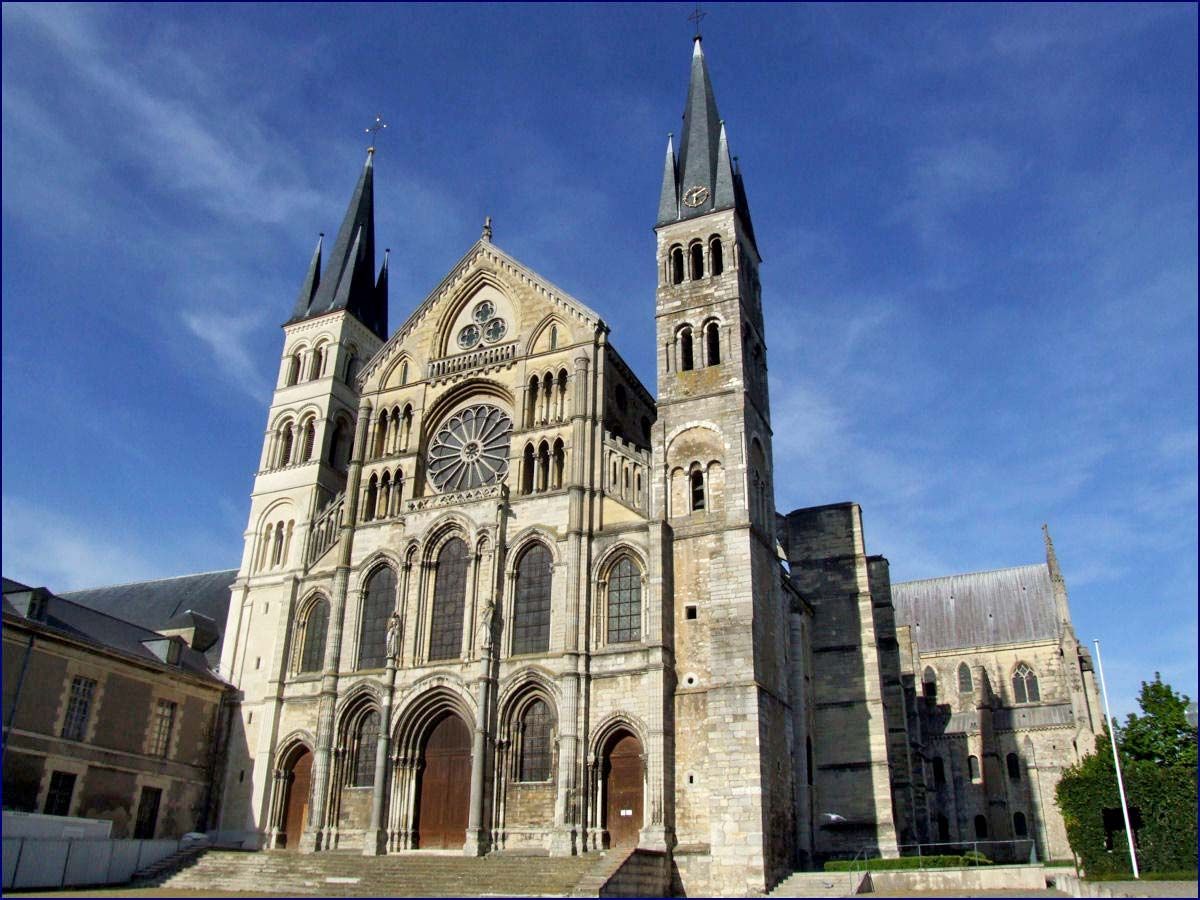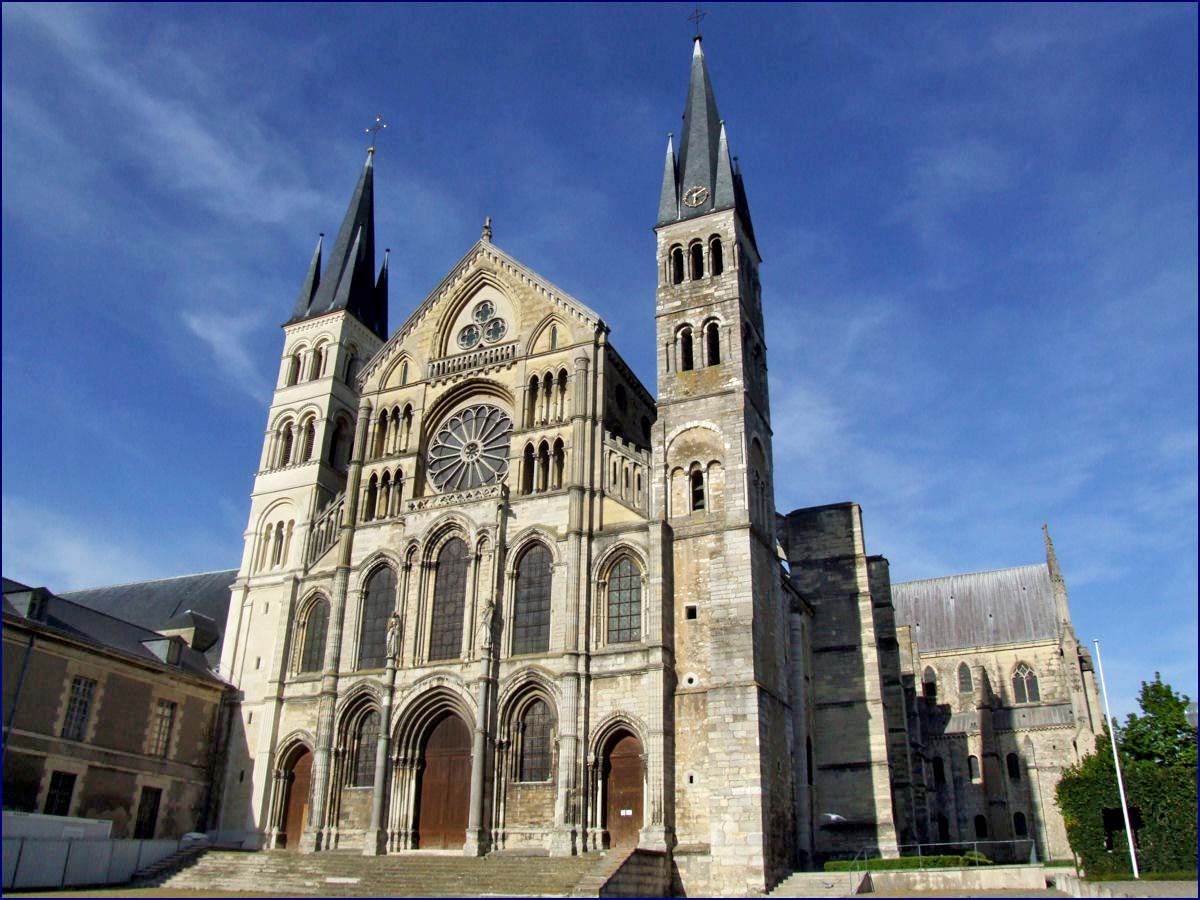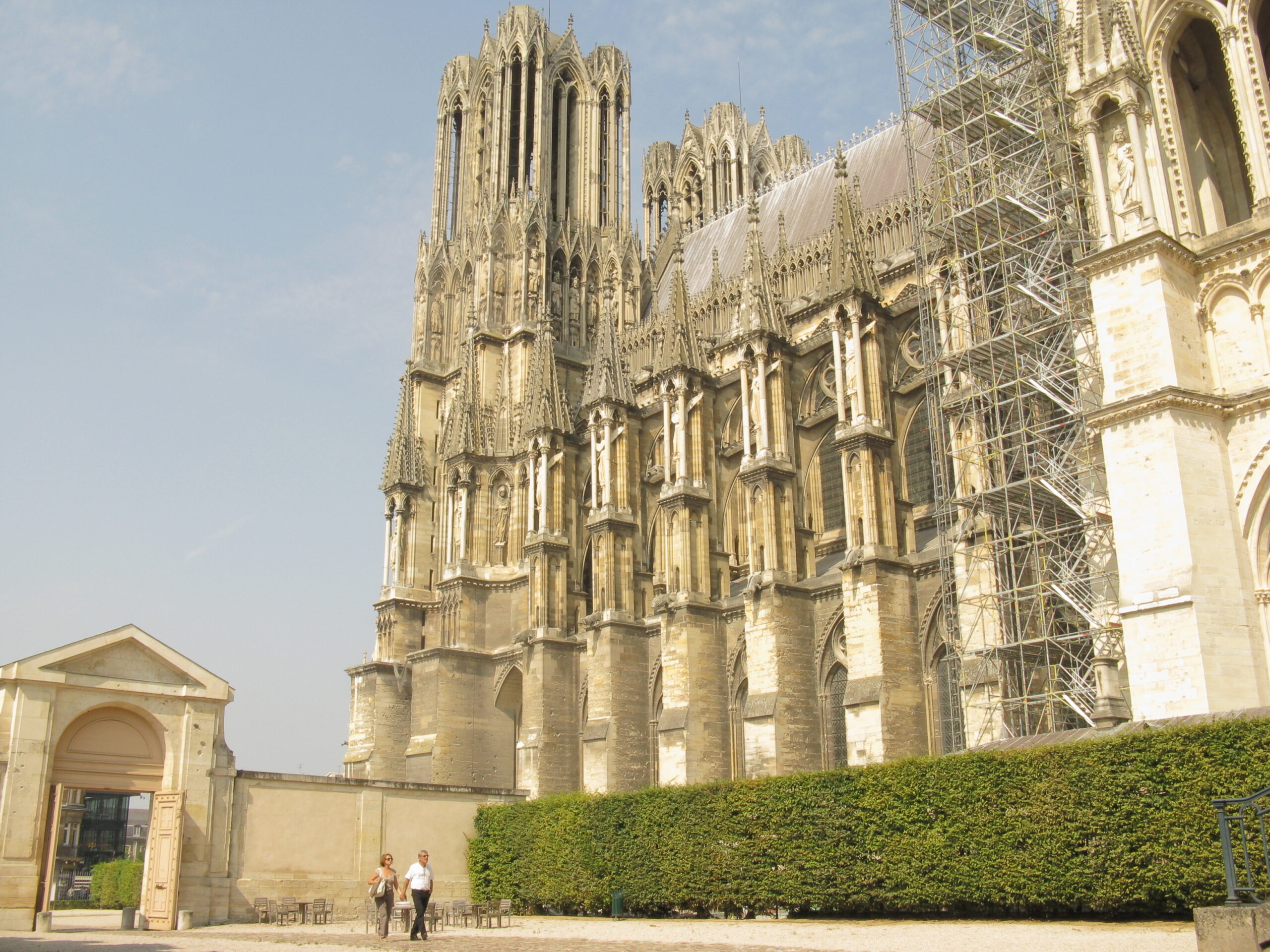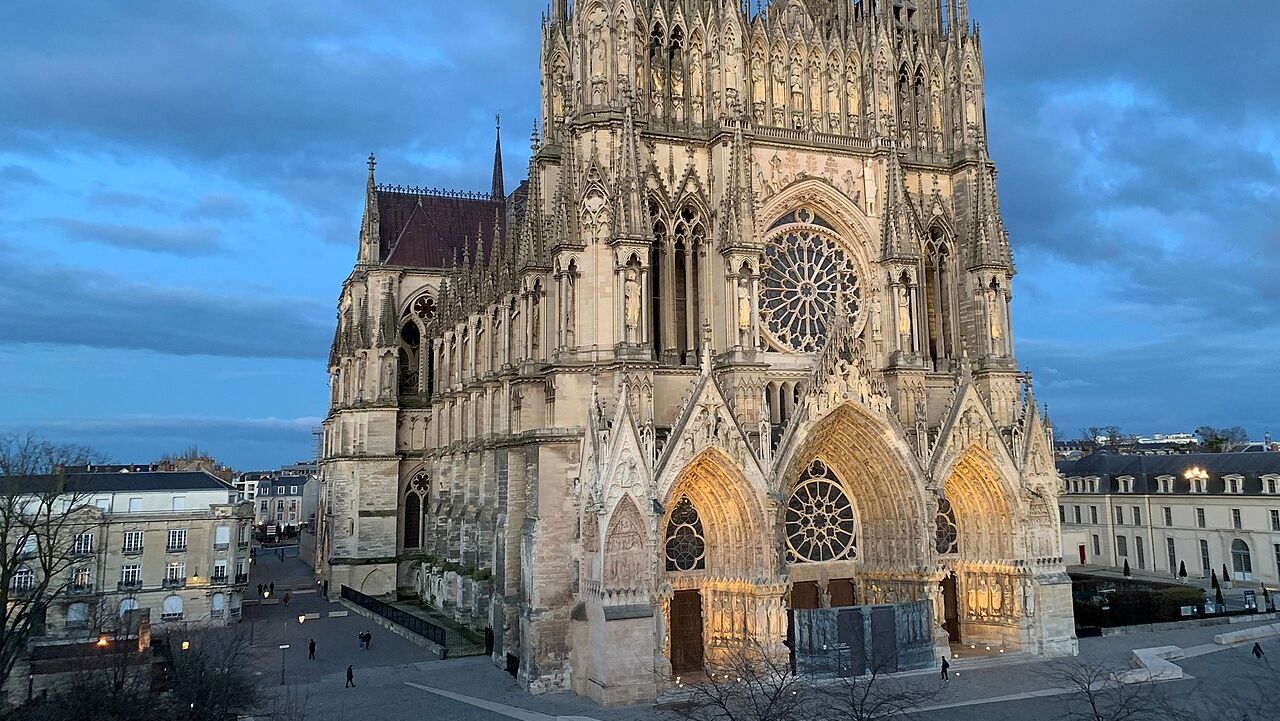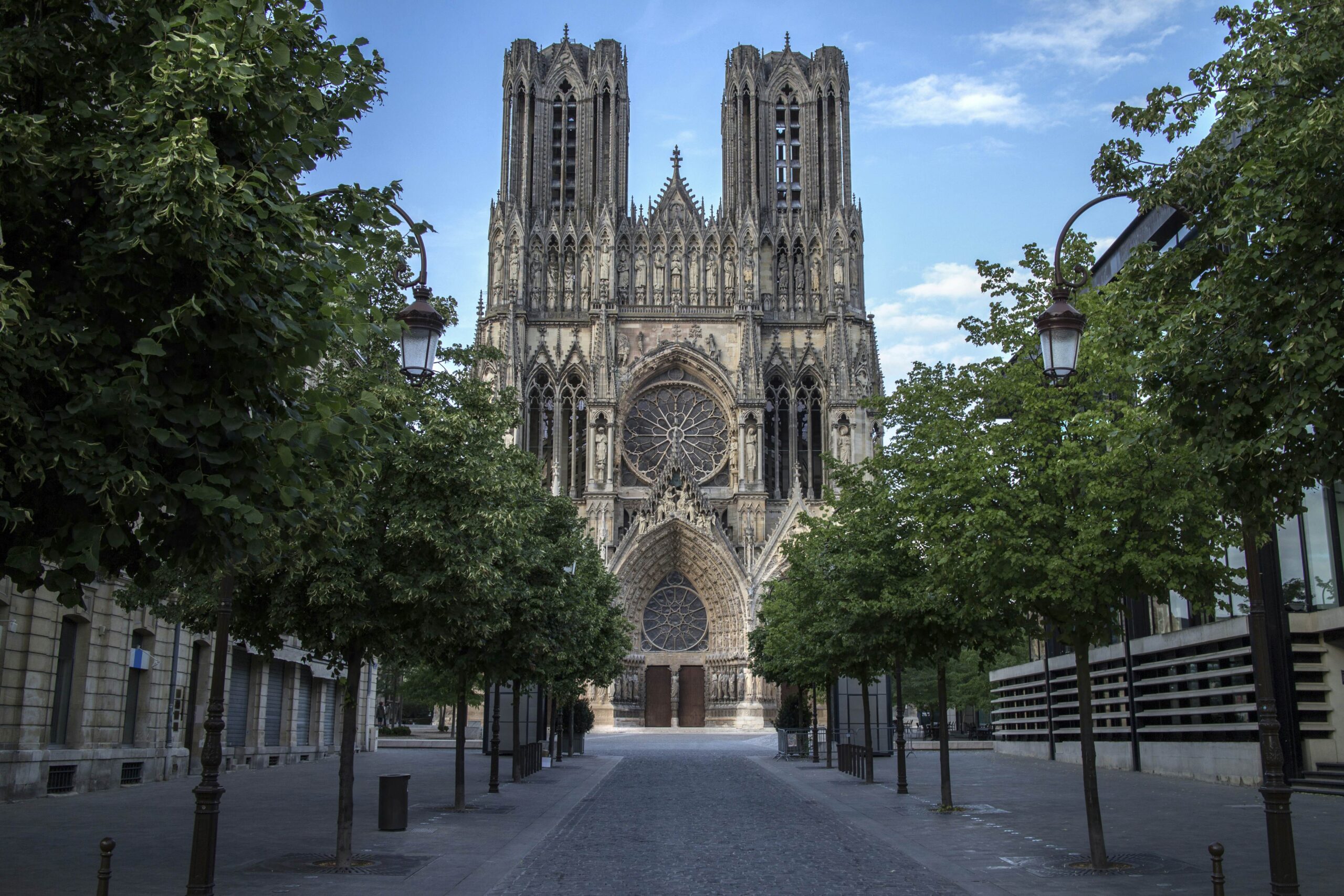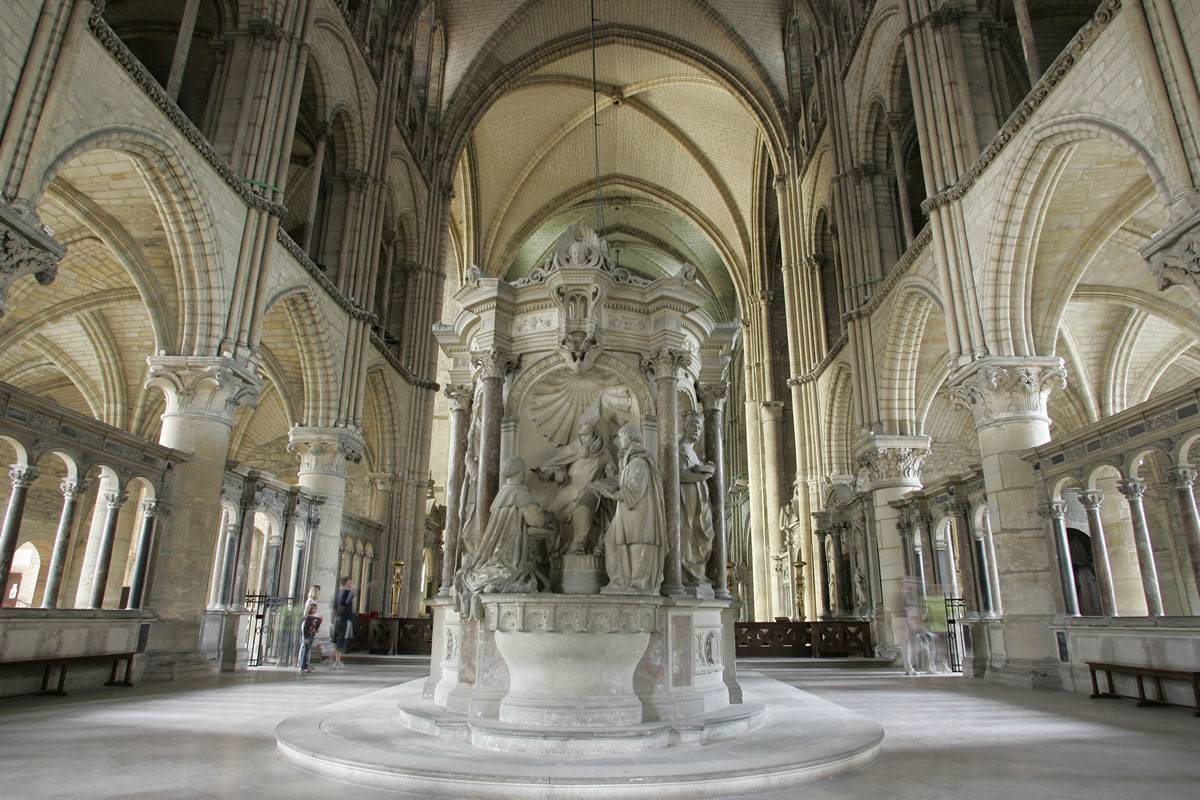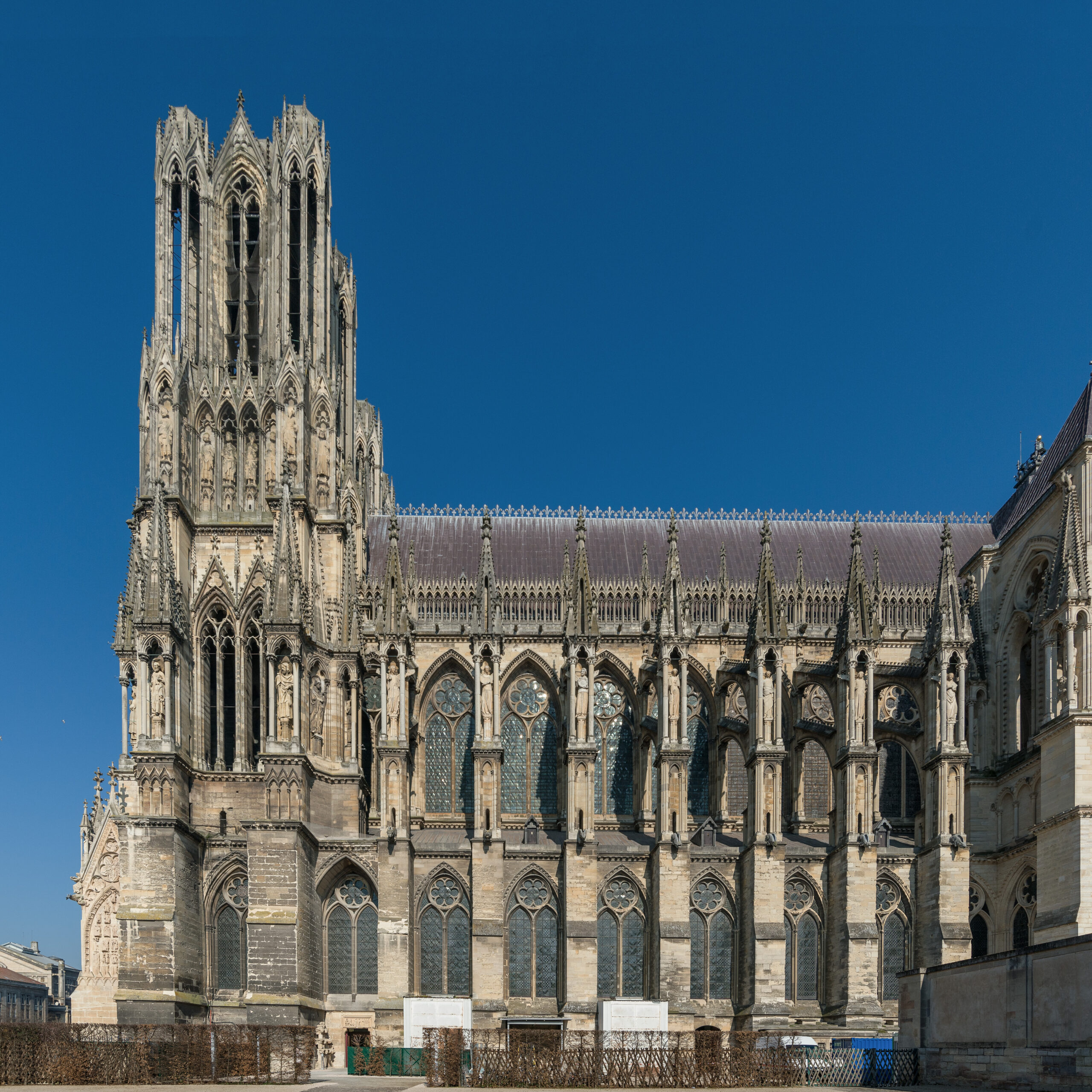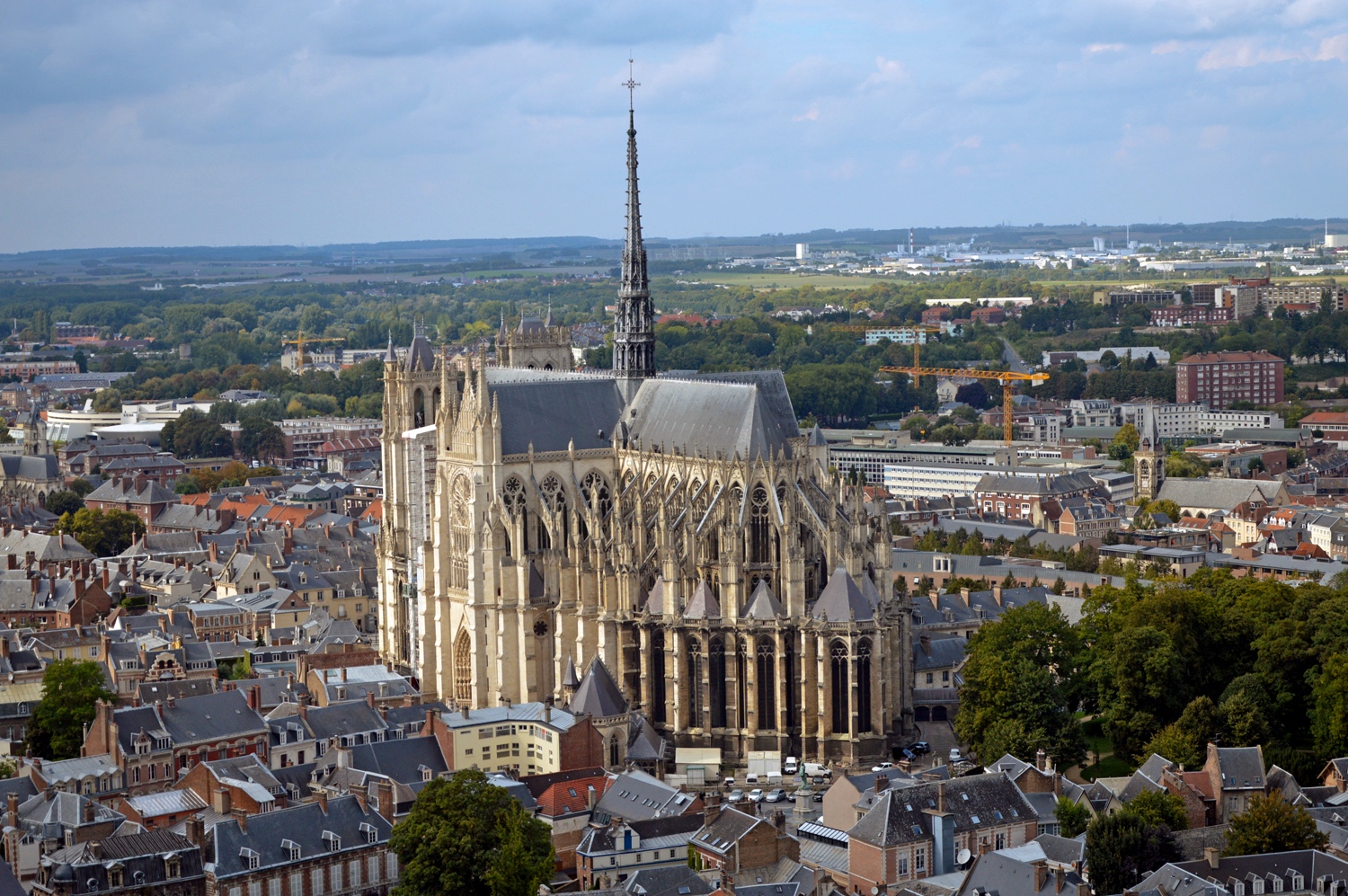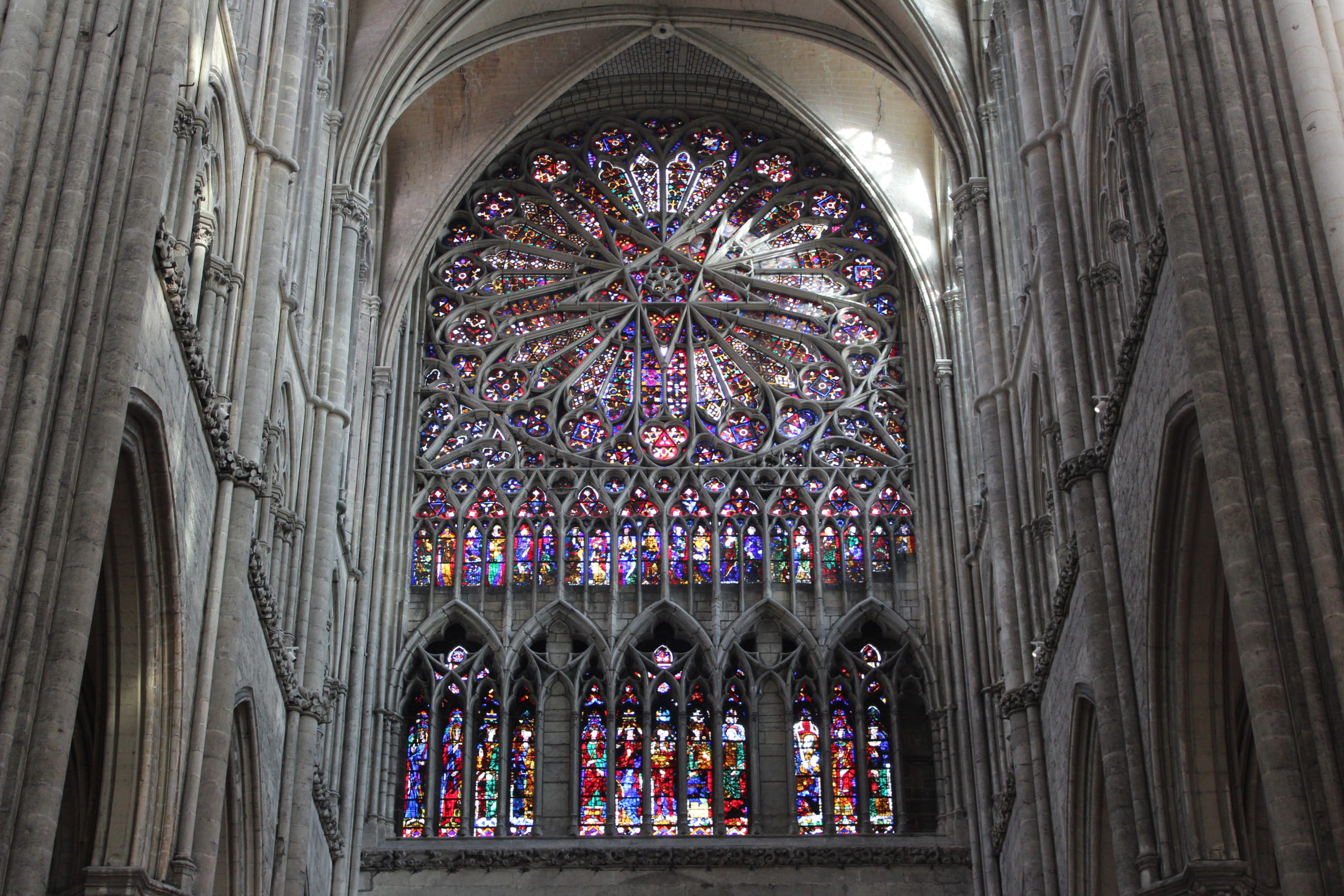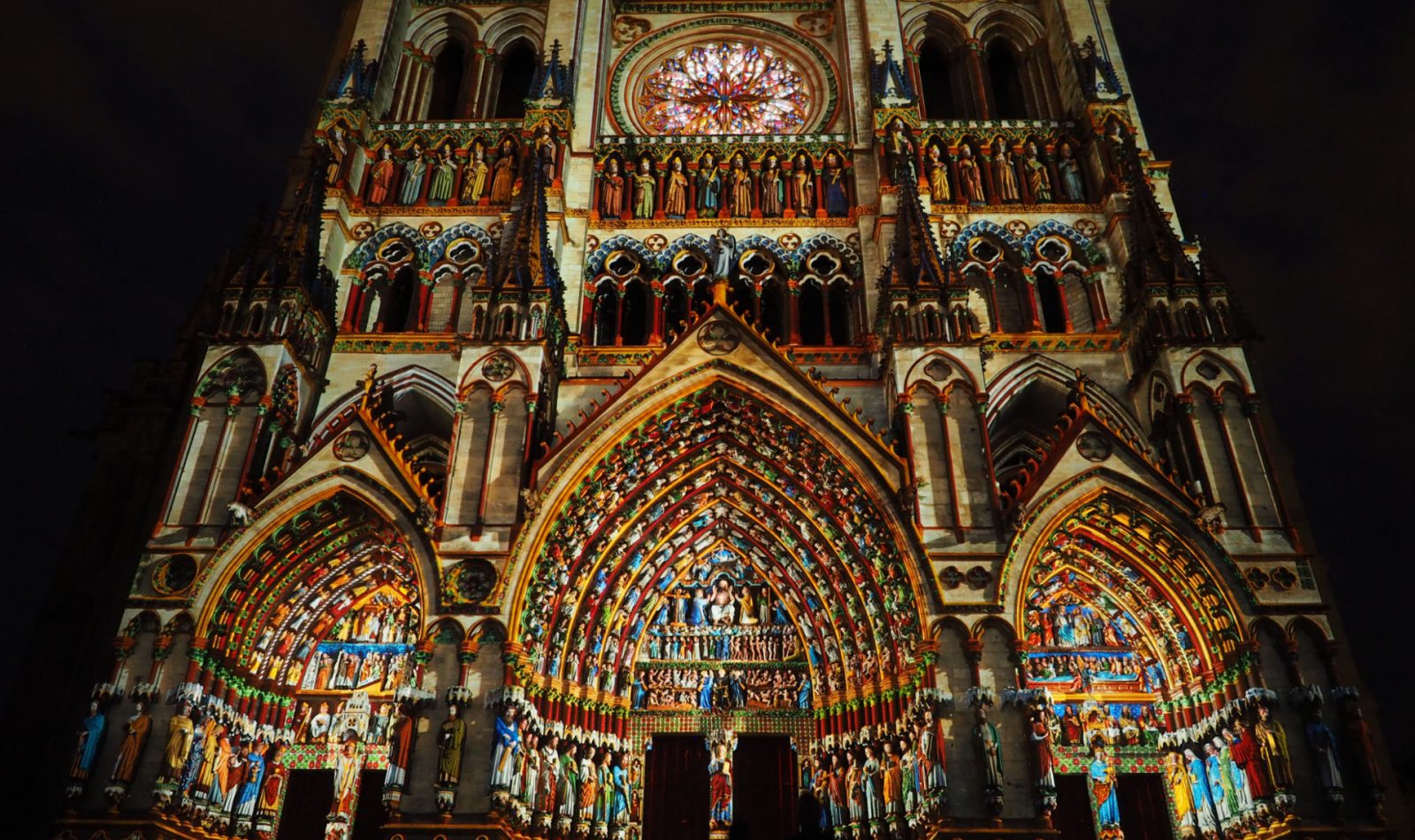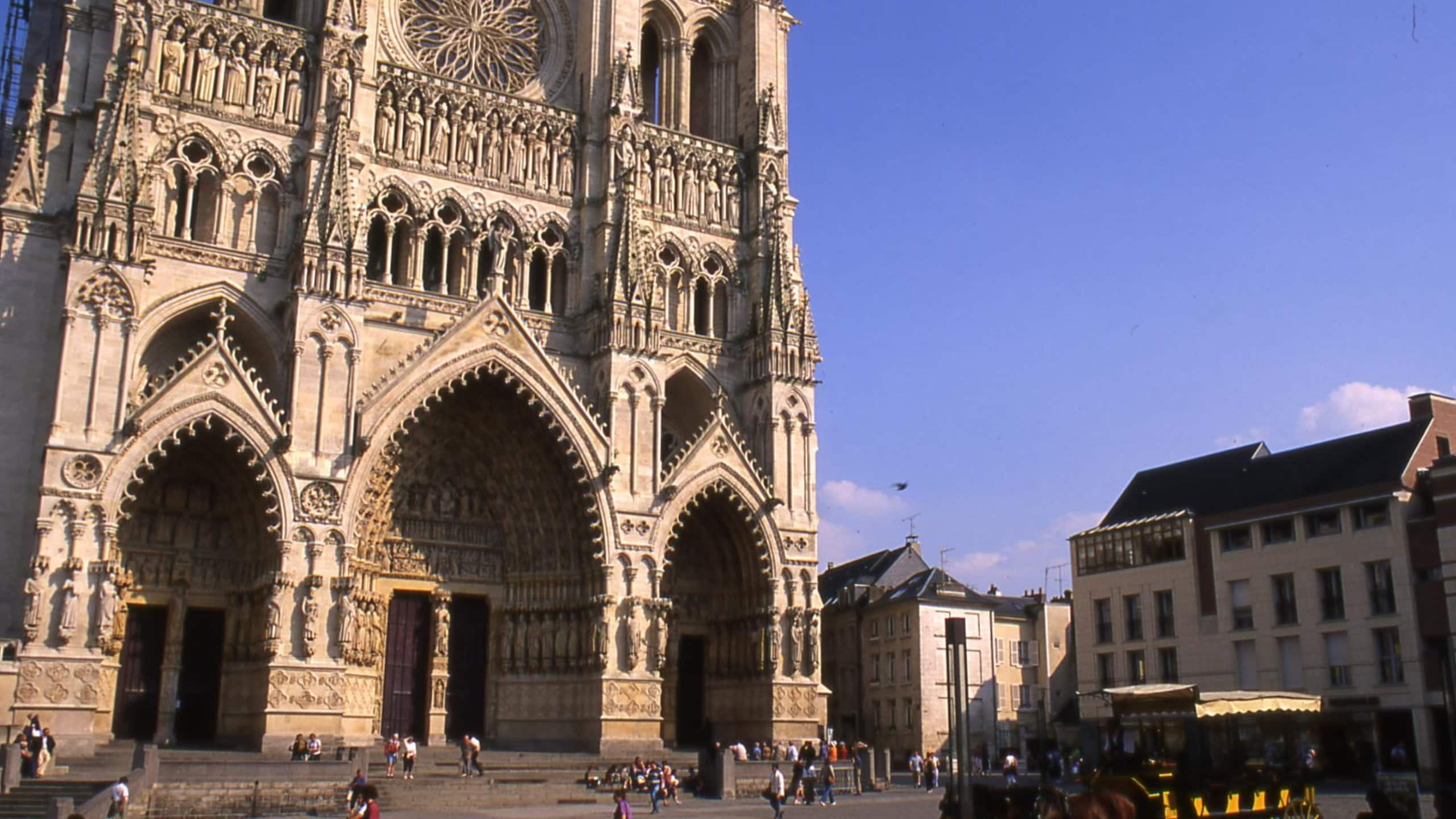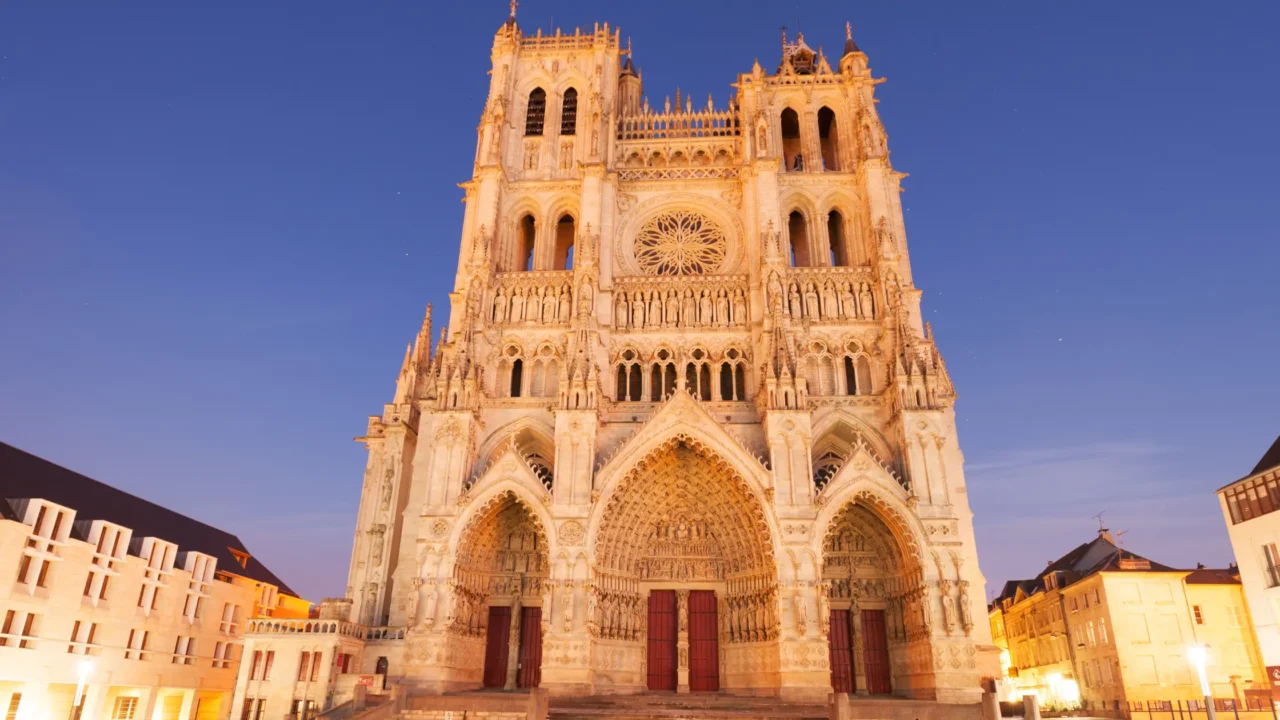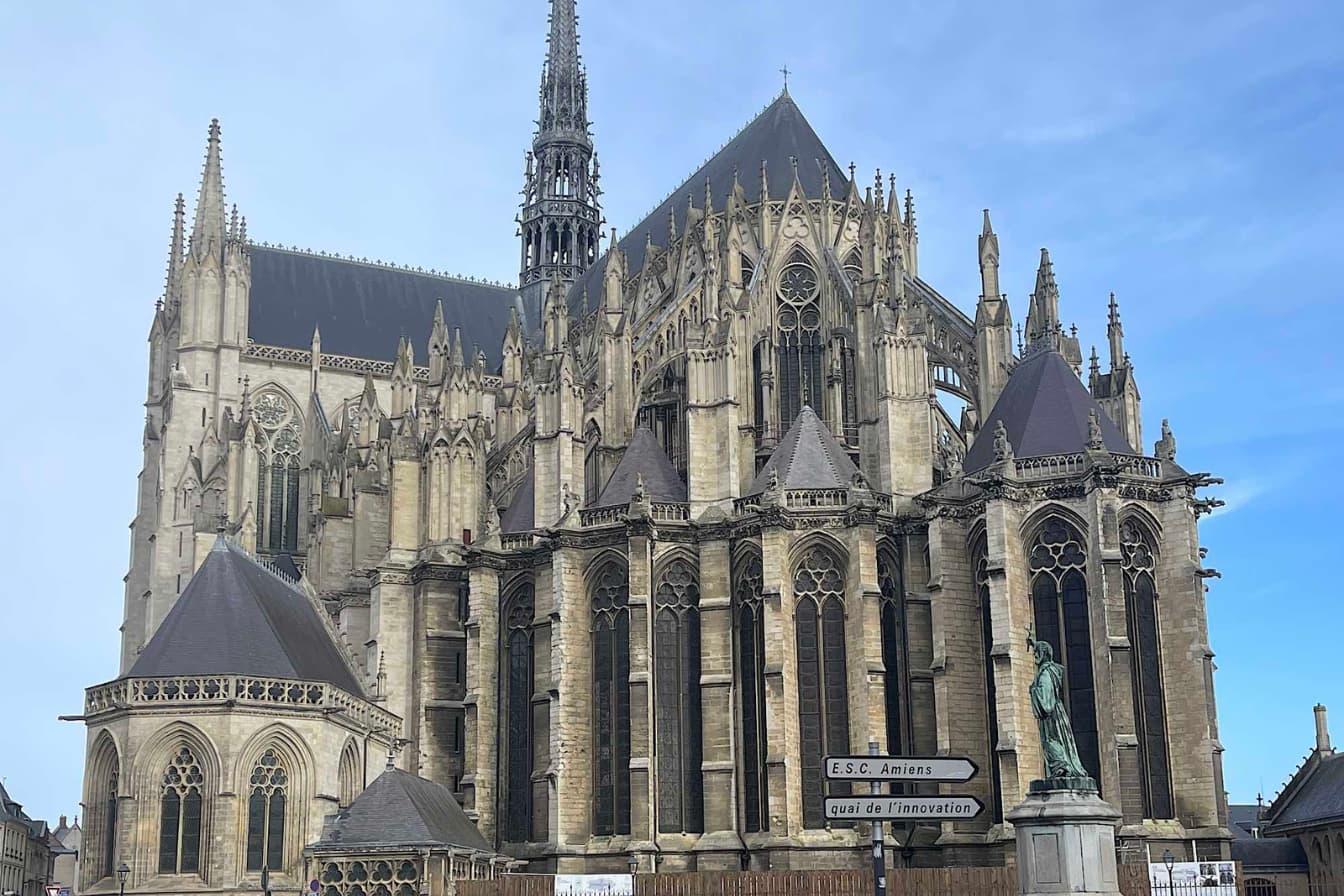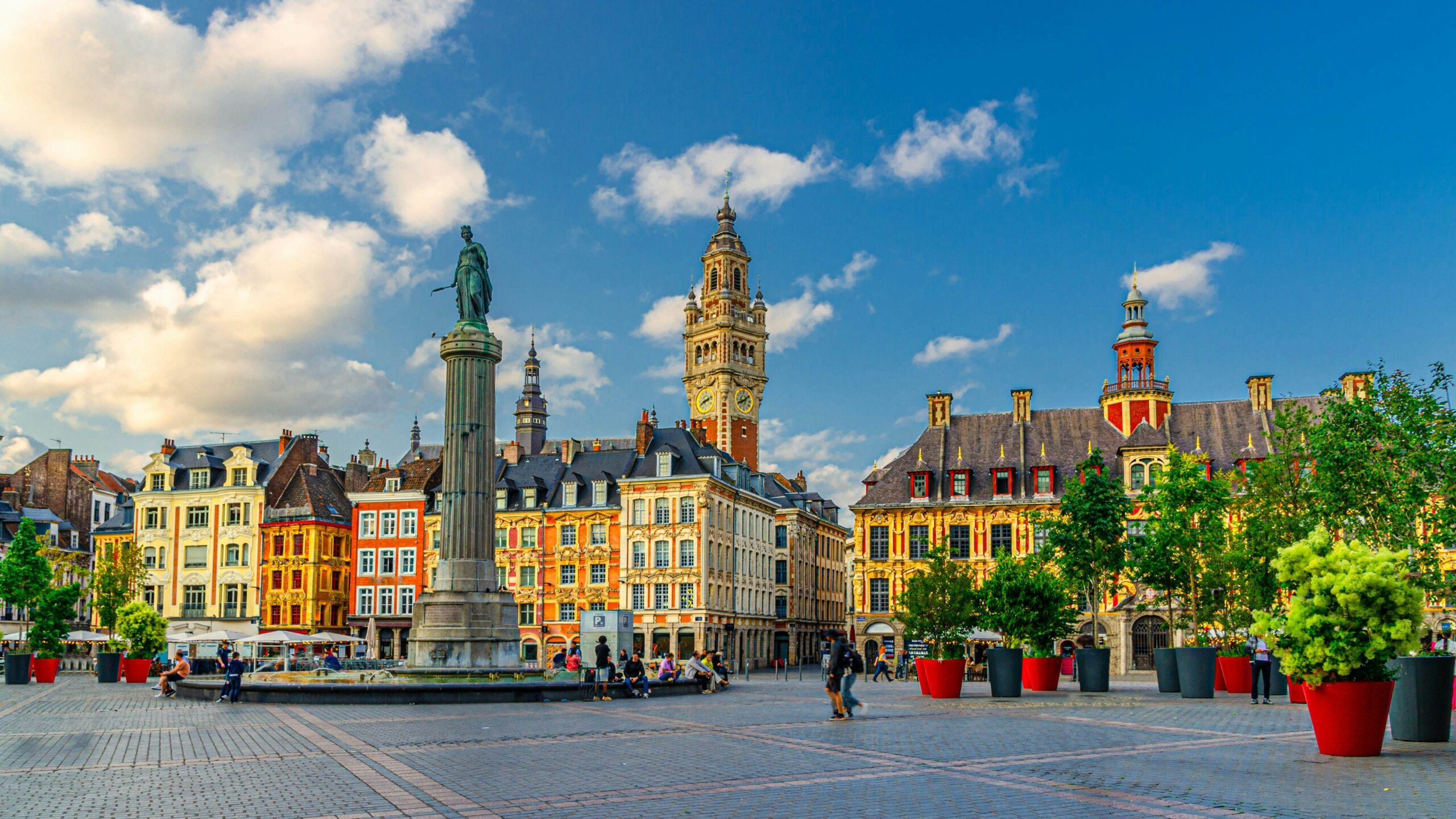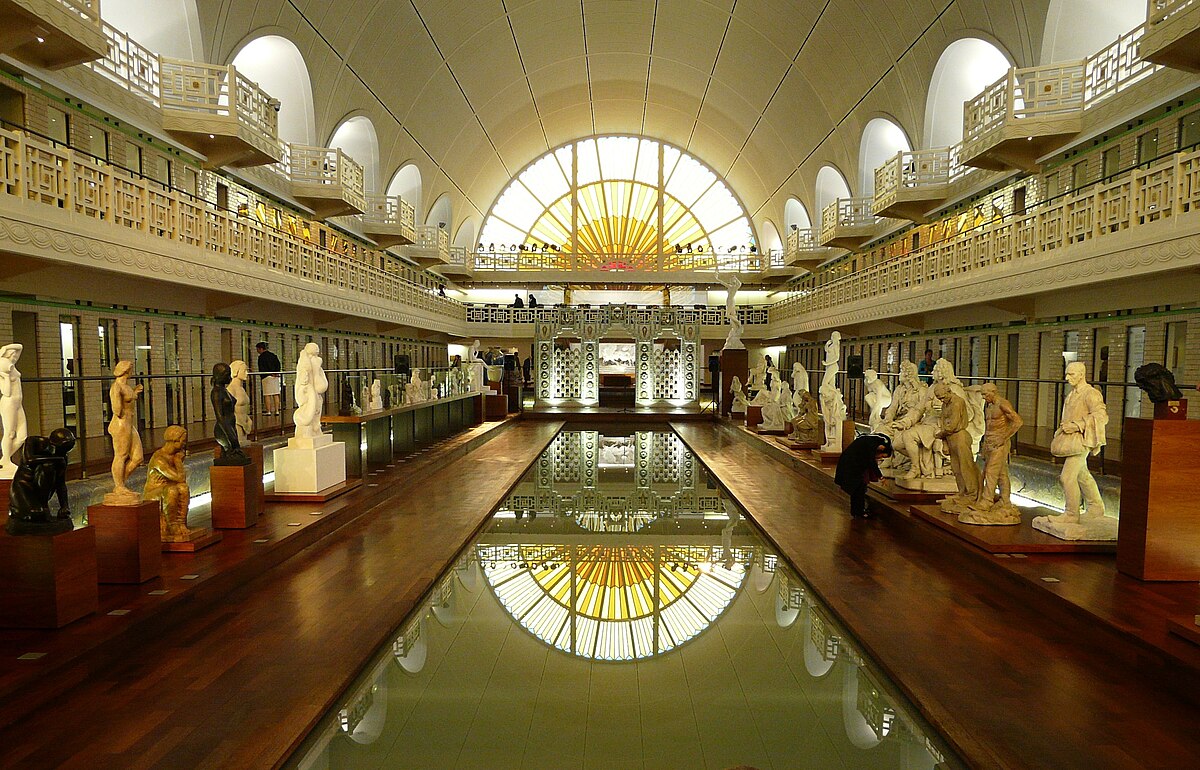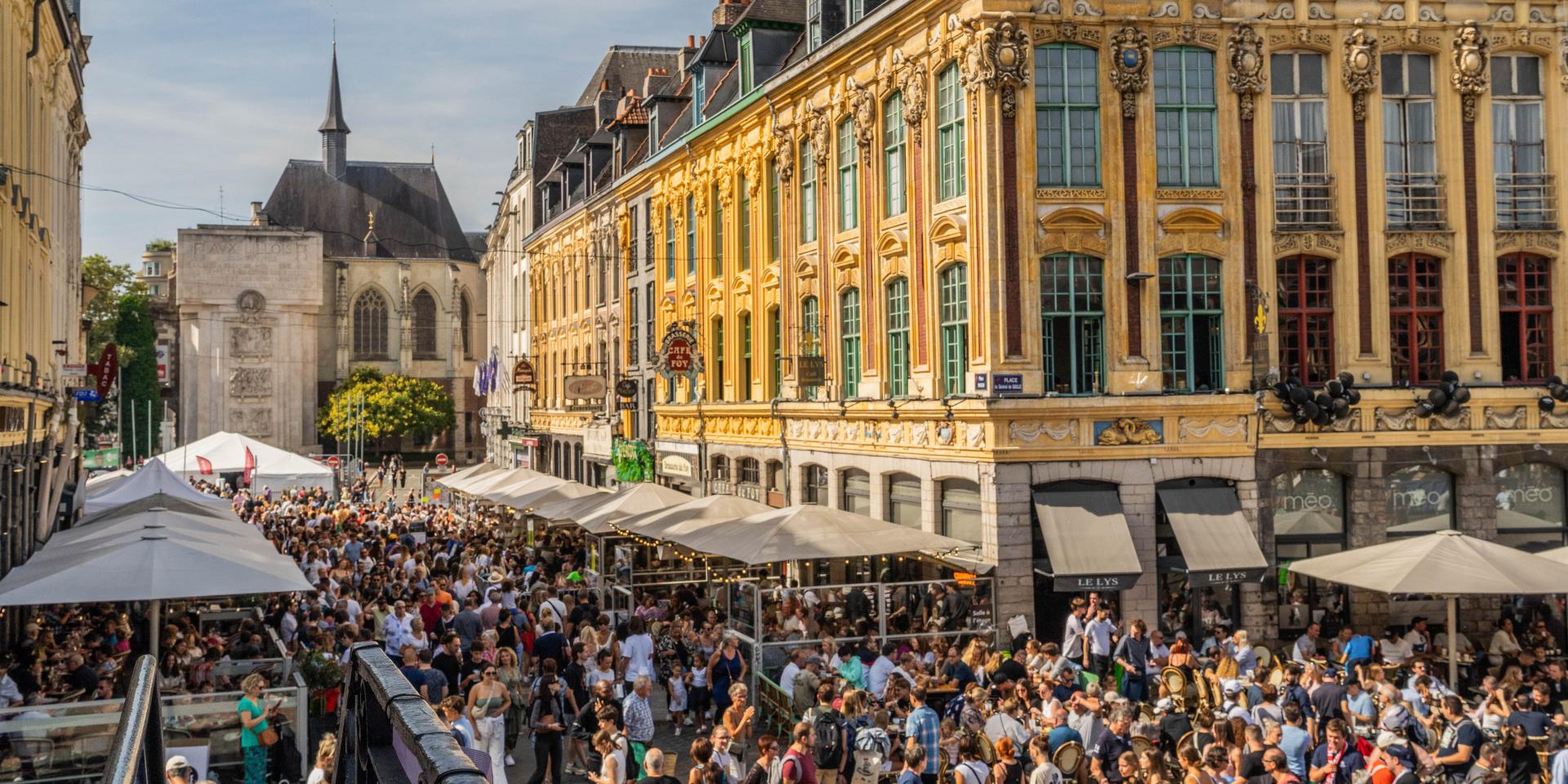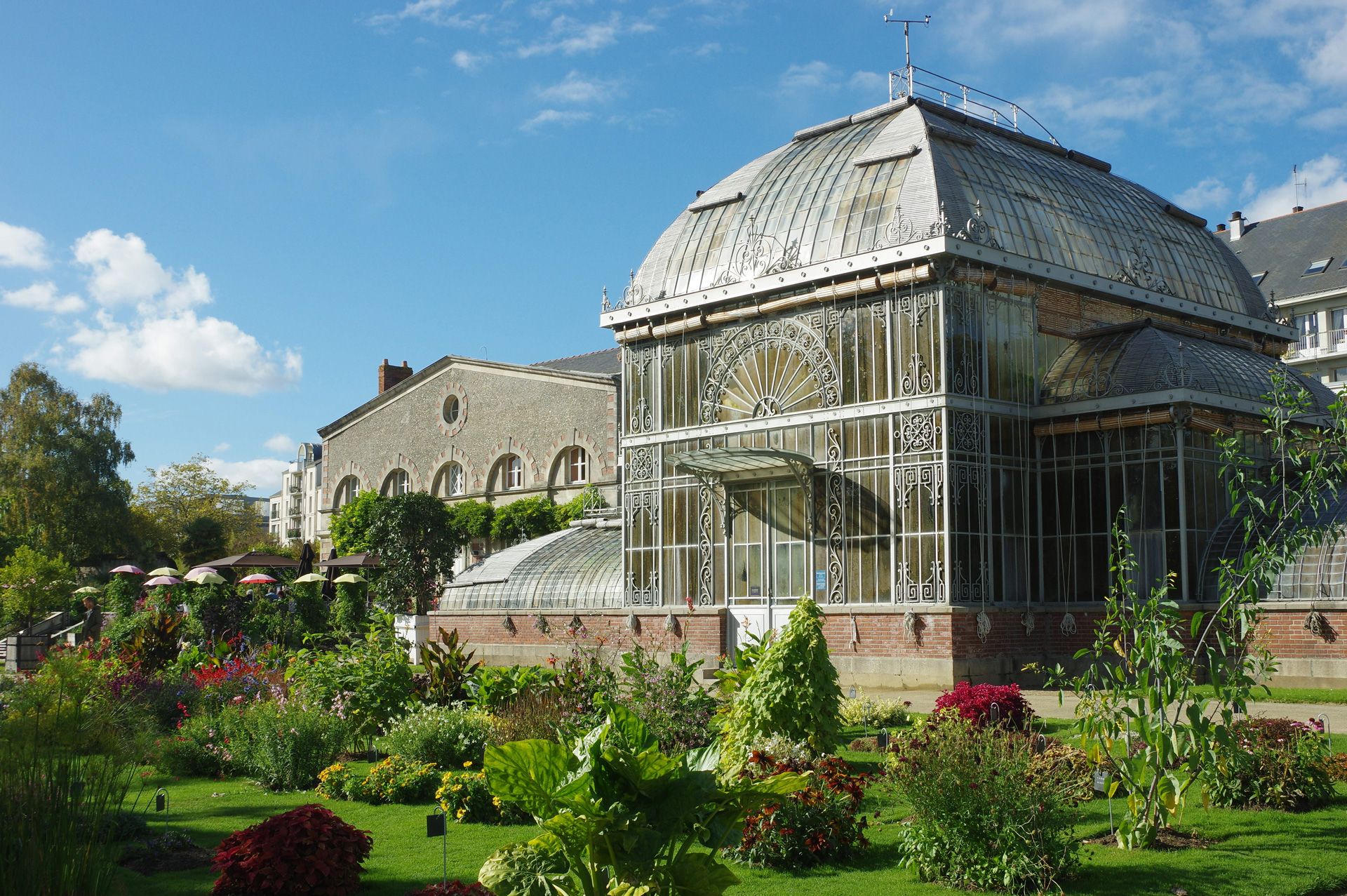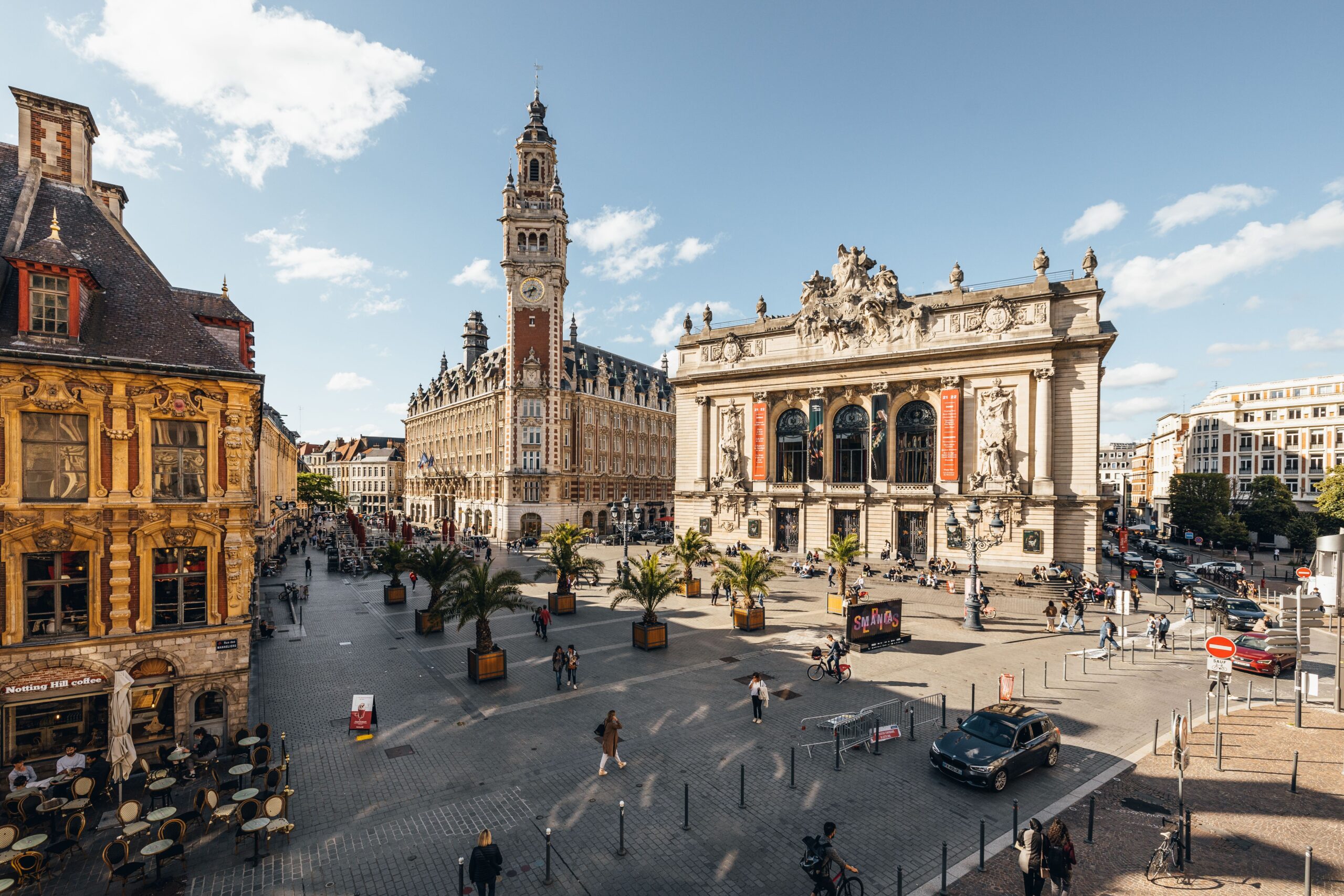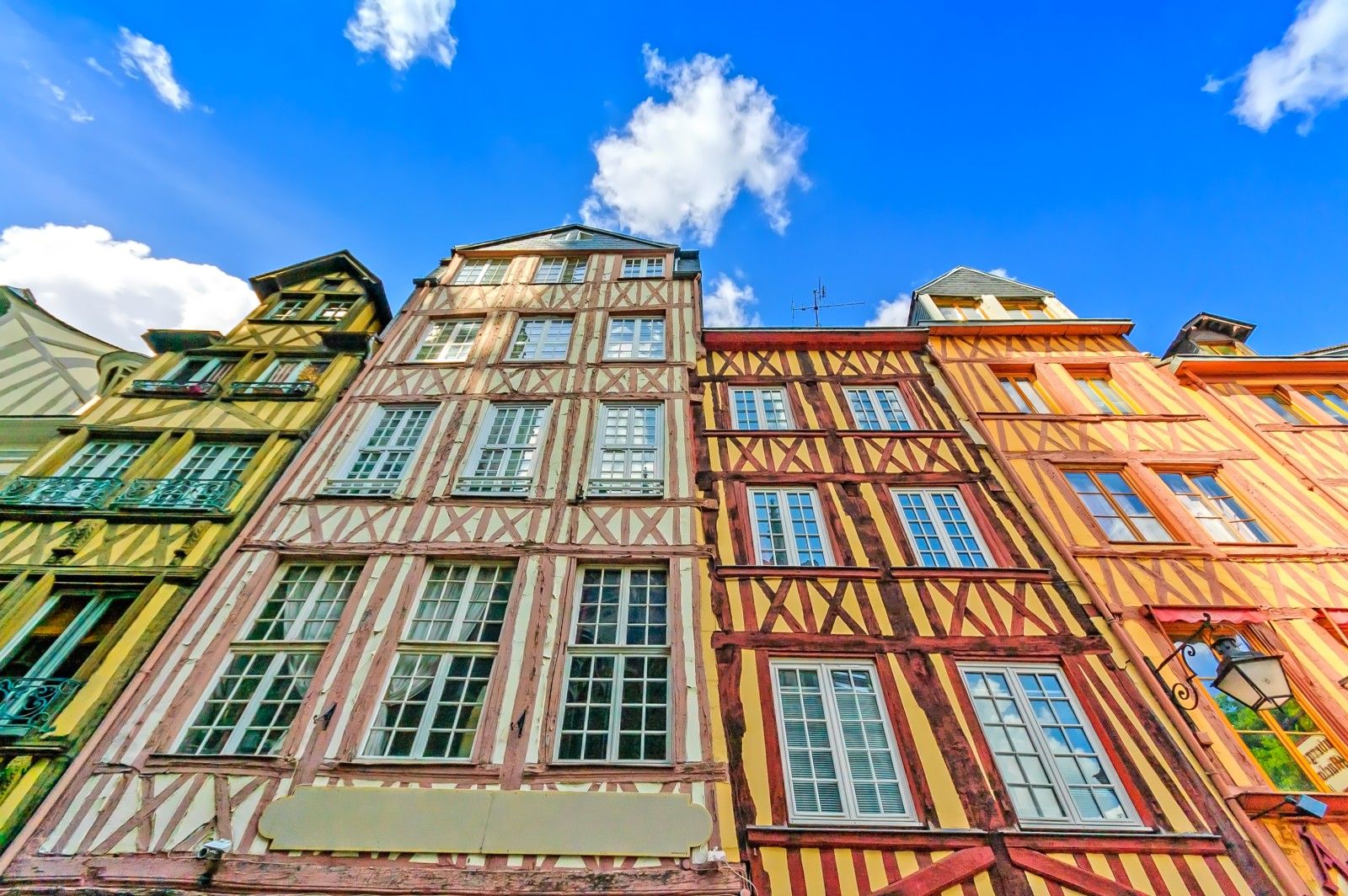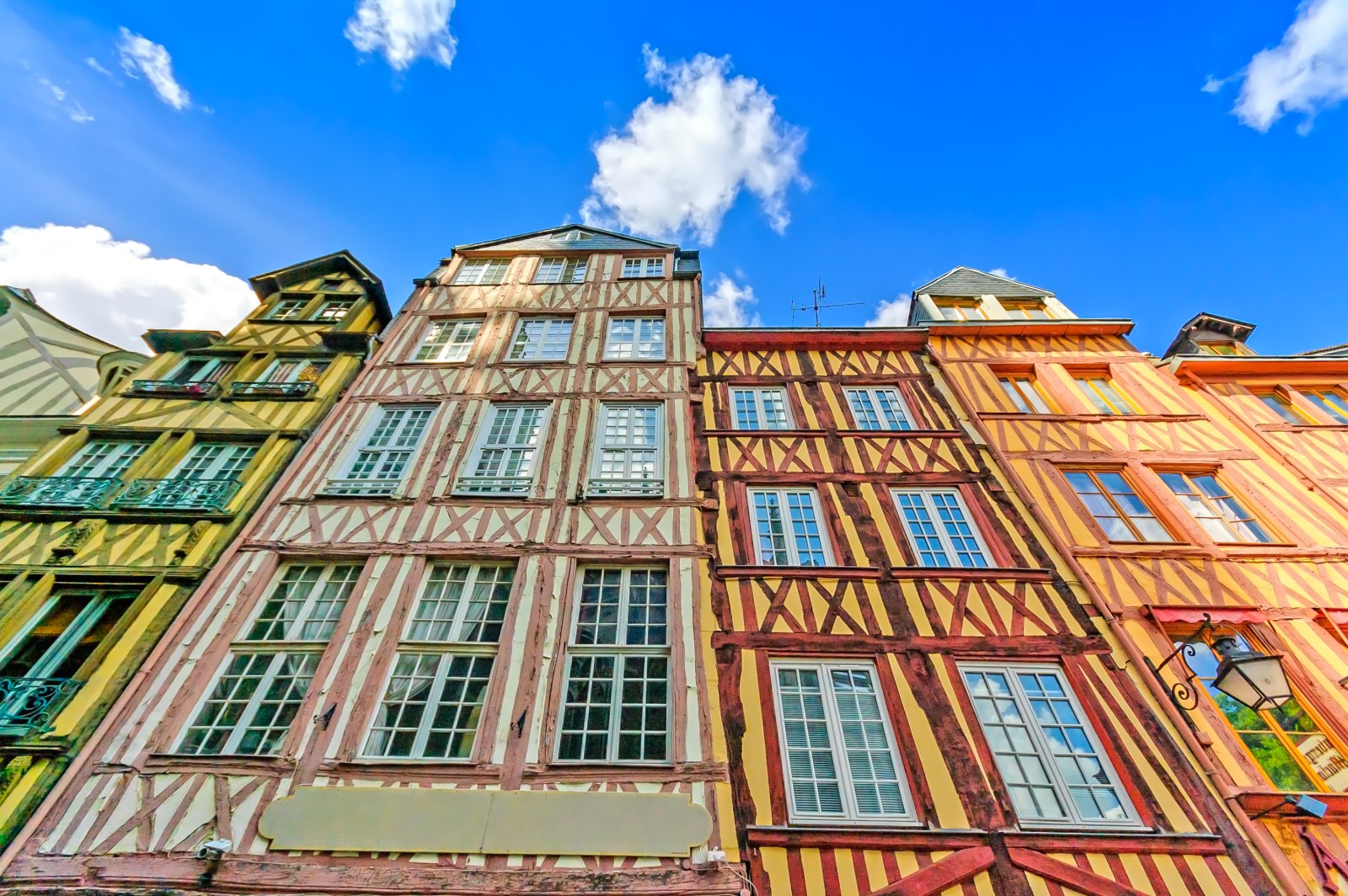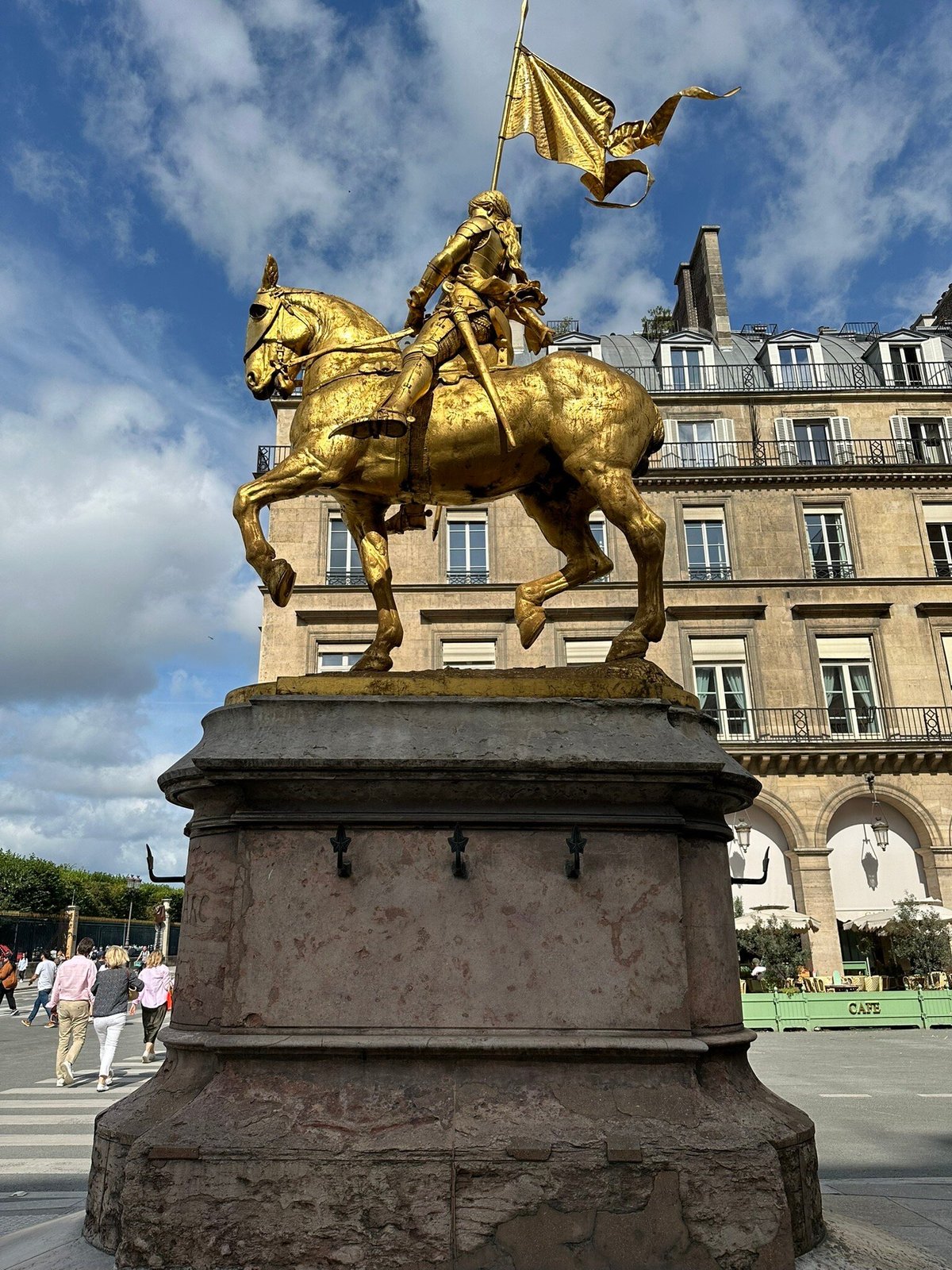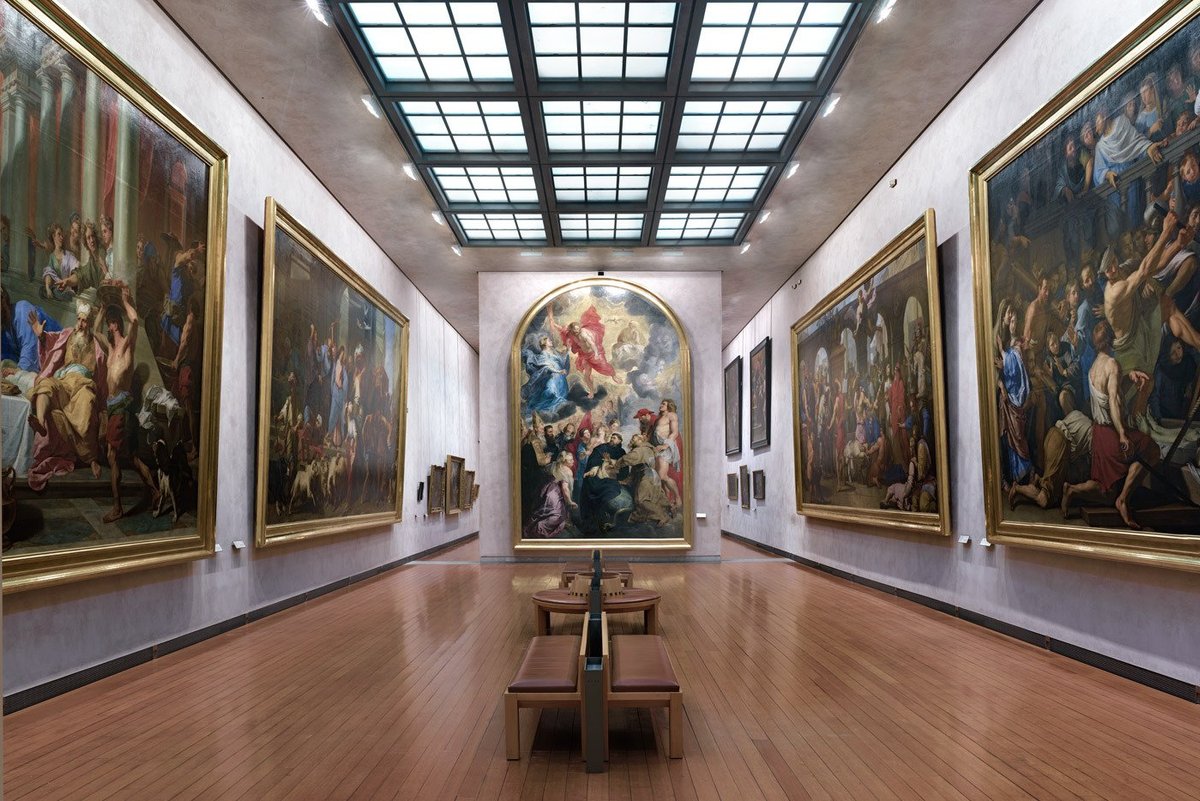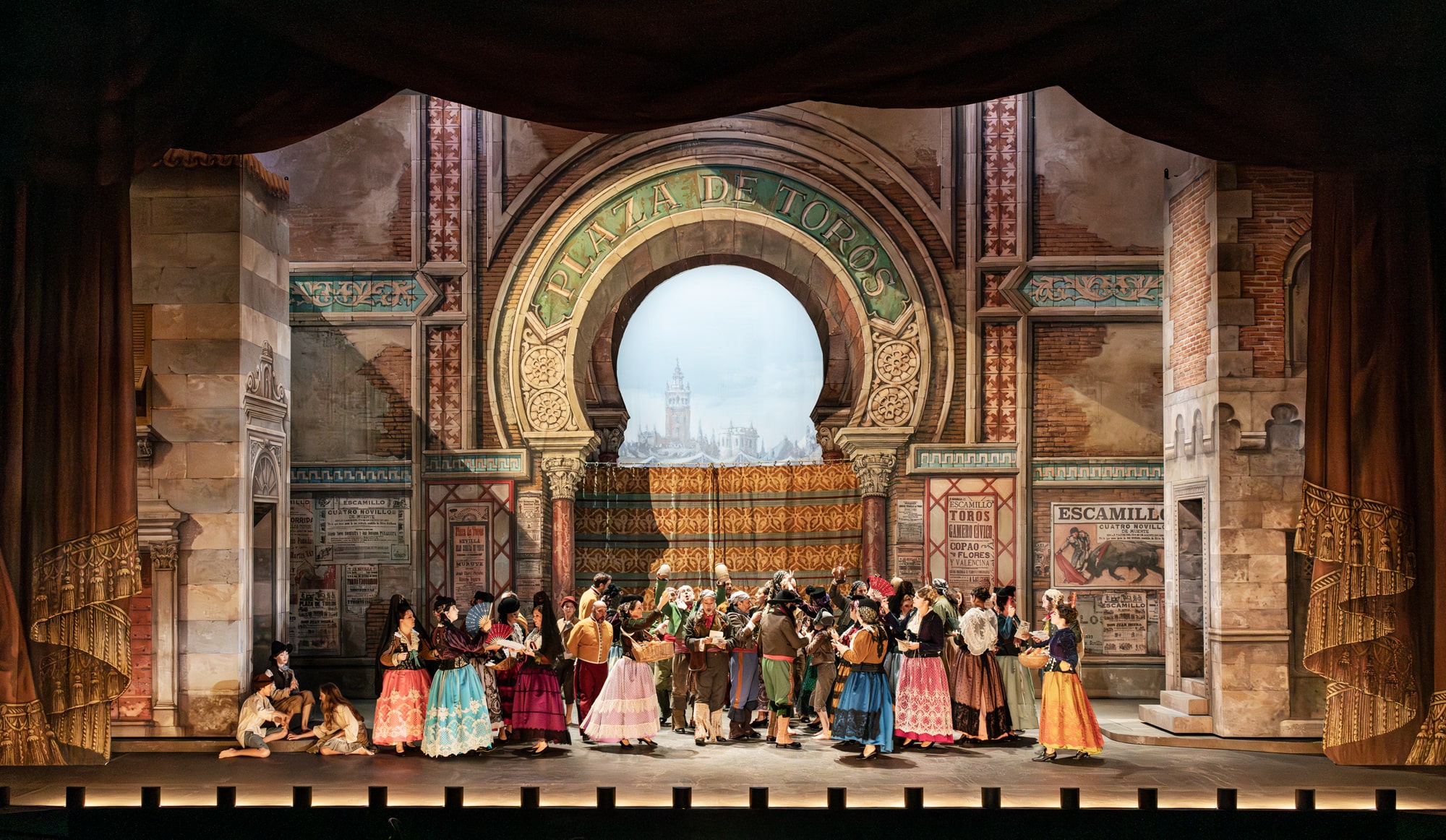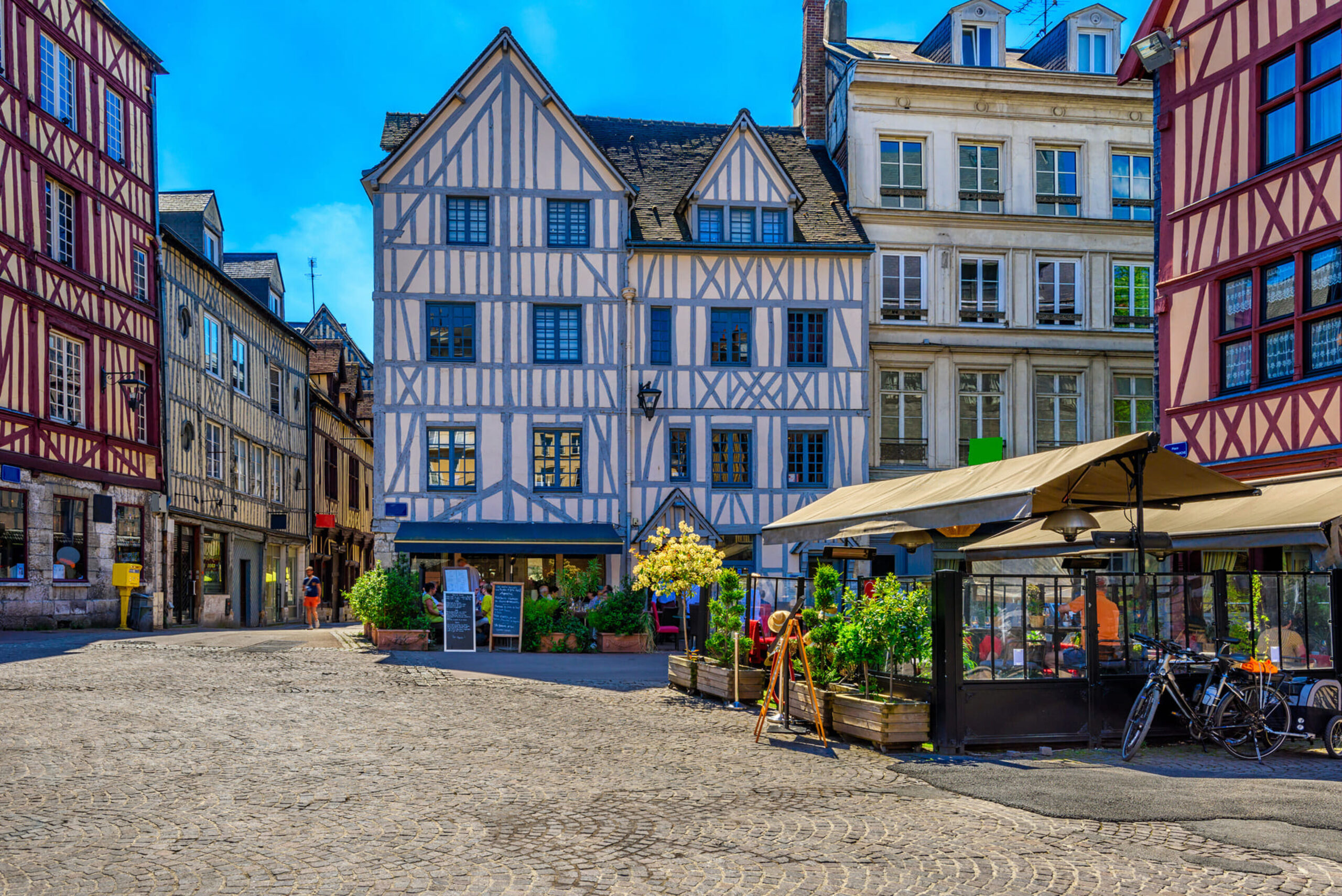Montmartre: Paris’s Hilltop Wonderland You’ll Never Forget
There’s something about Montmartre that makes it more than just a neighborhood—it’s a living, breathing work of art. Perched on a hill in northern Paris, Montmartre has inspired painters, poets, and dreamers for centuries. Together with Hotel Jardin De Neuilly, we’ll dive deep into what makes Montmartre such a magnetic destination, where cobblestone streets, iconic landmarks, and a rich artistic legacy come together in one unforgettable package.
Montmartre isn’t just famous for its postcard-perfect view of the Sacré-Cœur Basilica or its quirky cafés—it’s a vibe, a feeling, a little slice of Parisian magic. Whether you’re chasing art history, romance, or just an Instagram-worthy stroll, Montmartre will deliver in ways you don’t expect.
Montmartre Location and How to Get There
-
Situated in the 18th arrondissement of Paris
-
Accessible by Metro (stations: Abbesses, Anvers, or Lamarck-Caulaincourt)
-
Easily reached by foot from central Paris for adventurous walkers
Its elevated position makes Montmartre a perfect spot to enjoy panoramic views over Paris, especially at sunset. The neighborhood’s layout, with narrow winding streets, encourages slow exploration and unexpected discoveries.

A Walk Through Montmartre’s Rich History
Montmartre has been a part of Paris’s story for centuries, but its modern fame began in the late 19th and early 20th centuries when it became the epicenter of the city’s artistic life. Artists like Picasso, Van Gogh, and Toulouse-Lautrec lived and worked here, transforming the area into a creative hub.

Back then, Montmartre was a village outside Paris’s city walls, known for its affordable rents and vibrant nightlife. It was the perfect playground for bohemians, who gathered in cafés, cabarets, and studios to create masterpieces that would change the world.
Montmartre’s Artistic Soul: Where Creativity Lives On
Even today, Montmartre remains deeply connected to its artistic roots. The Place du Tertre, just a short walk from the Sacré-Cœur, is a bustling square filled with painters and sketch artists offering to capture your portrait on the spot. Watching them work is like stepping into a living museum of Parisian art culture.
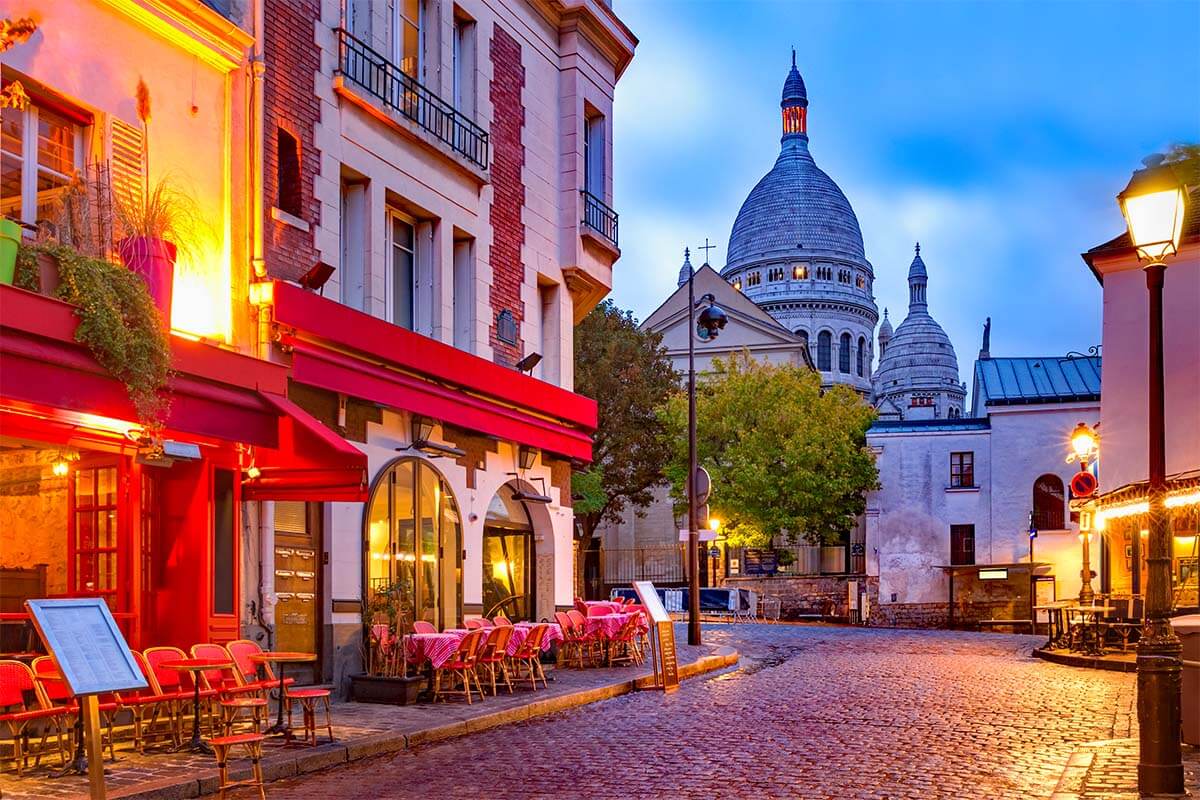
Beyond the square, you’ll find numerous small galleries showcasing contemporary talent alongside the works of established artists. It’s proof that Montmartre is not just about nostalgia—it’s still shaping the art scene today.
The Iconic Sacré-Cœur Basilica: Montmartre’s Crown
The Sacré-Cœur Basilica, with its white domes gleaming against the sky, is Montmartre’s most famous landmark. Built in the late 19th century, it offers one of the best viewpoints in Paris from its steps.
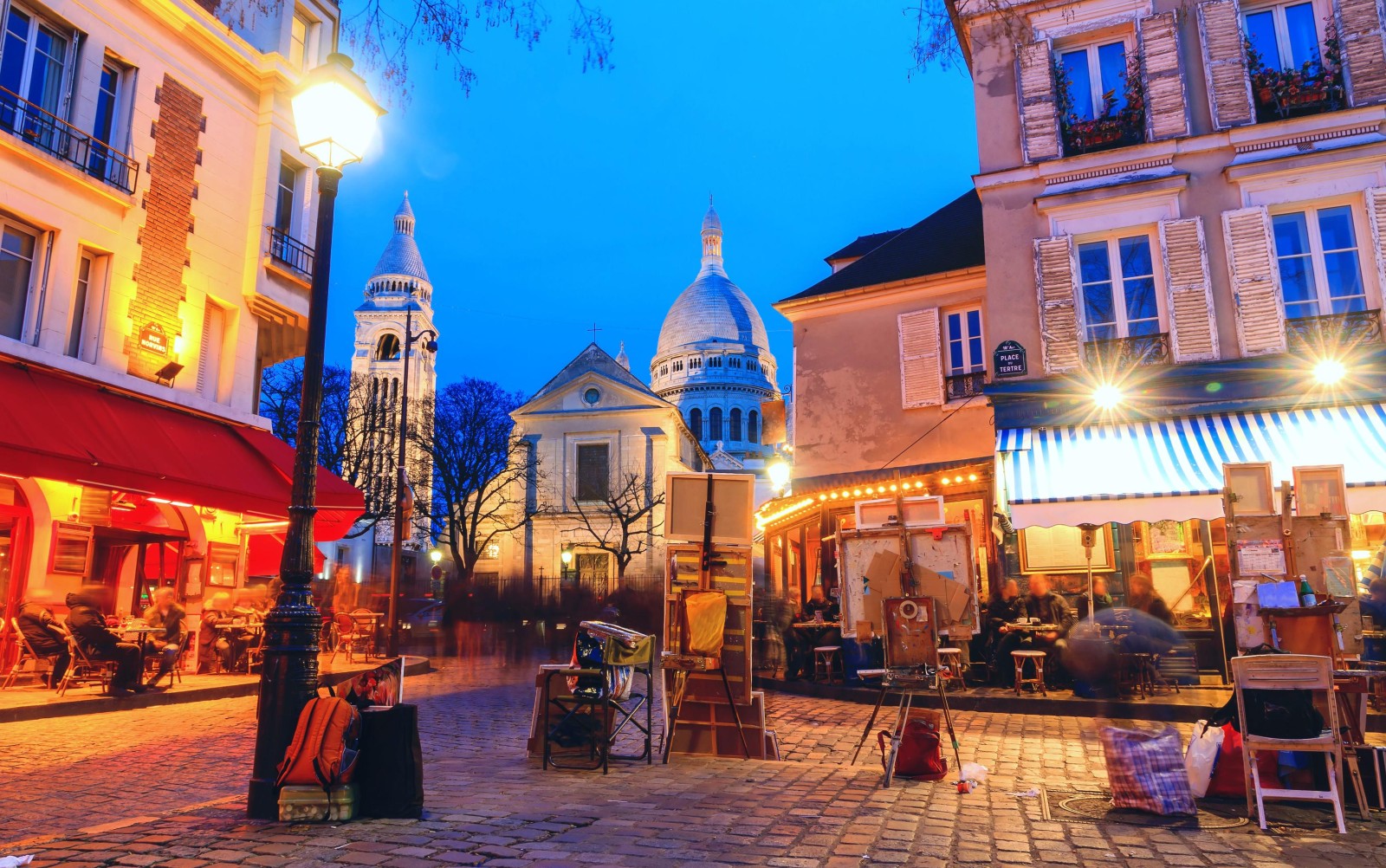
Inside, the basilica’s vast mosaics and serene atmosphere provide a quiet escape from the busy streets outside. Climbing to the top of the dome rewards you with a 360-degree panorama of the city, an experience that’s hard to beat.
Montmartre by Day: Cafés, Markets, and Secret Corners
Wandering through Montmartre during the day is a sensory delight. The scent of fresh pastries drifts from corner bakeries, while cozy cafés invite you to sit down and watch the world go by.

Don’t miss Rue Lepic, where you’ll find the famous Café des Deux Moulins from the film Amélie. Local markets, such as those along Rue des Abbesses, showcase the best of Parisian produce, cheeses, and flowers.
Montmartre by Night: The Cabaret Capital
As the sun sets, Montmartre transforms into an entertainment hotspot. The legendary Moulin Rouge, with its red windmill, has been putting on dazzling performances since 1889. While it’s the most famous cabaret in the area, smaller venues offer equally memorable shows, from live jazz to avant-garde theater.
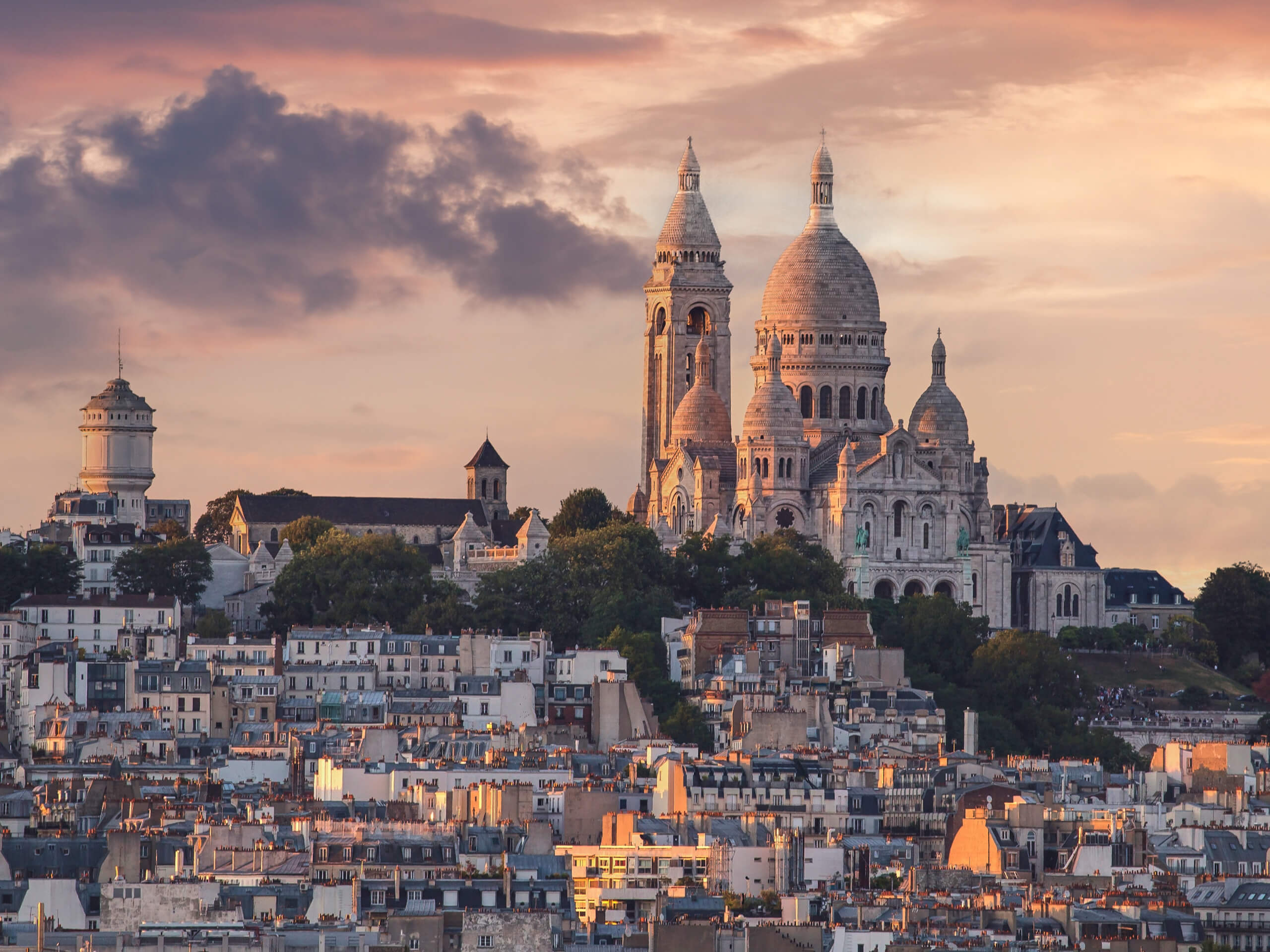
This nighttime energy is part of Montmartre’s DNA, echoing its days as a lively gathering place for artists and performers.
Montmartre’s Hidden Gems: Beyond the Tourist Trail
While the main streets are charming, the real magic of Montmartre lies in its quieter corners. Take a stroll down Rue de l’Abreuvoir, one of the most picturesque streets in Paris, or discover the tiny vineyard of Clos Montmartre, which still produces wine each year.

The Musée de Montmartre, housed in a former artist’s studio, offers an intimate look at the neighborhood’s creative history and the bohemian lifestyle that defined it.
Culinary Adventures in Montmartre
Montmartre is also a paradise for food lovers. From traditional French bistros to modern fusion restaurants, the dining scene is as varied as the neighborhood itself.

For a classic Parisian experience, try onion soup or duck confit at a traditional brasserie. If you’re feeling adventurous, explore the multicultural flavors that have found a home in Montmartre, reflecting Paris’s diverse population.
Tips for Experiencing Montmartre Like a Local
To truly feel the spirit of Montmartre, slow down and let the neighborhood reveal itself. Avoid rushing through the main attractions—wander side streets, stop for impromptu coffee breaks, and take in the details of the architecture and street art.
Early mornings and weekday visits offer a quieter atmosphere, perfect for appreciating the area without heavy crowds.
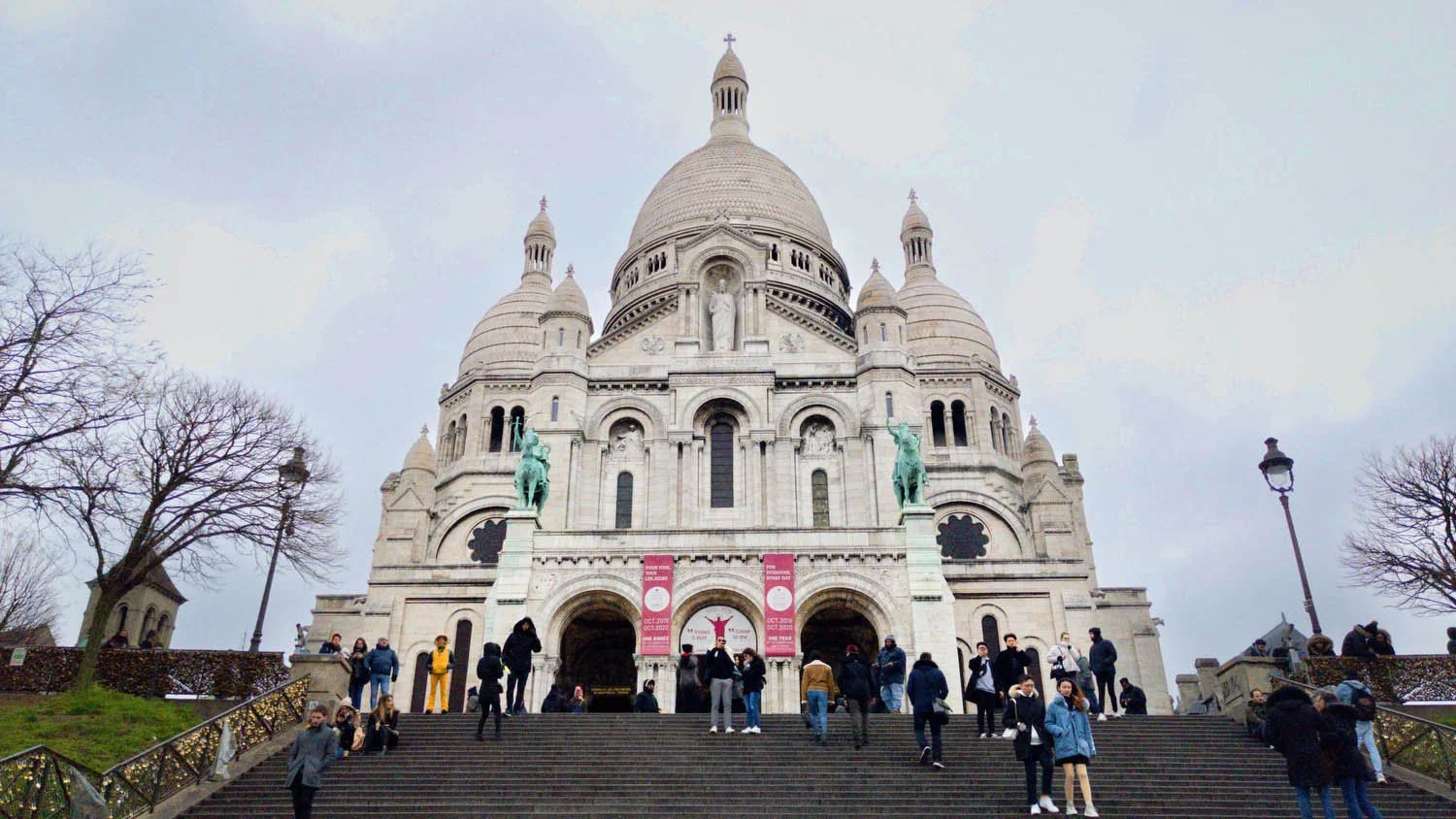
Seasonal Magic in Montmartre
Montmartre changes with the seasons, offering new charms year-round. In spring, cherry blossoms frame the streets in pink. Summer brings lively outdoor terraces and street performances. Autumn’s golden light adds warmth to every photo, while winter turns Montmartre into a cozy haven with festive decorations and hot chocolate on every corner.

Montmartre’s Role in Parisian Identity
Montmartre is more than a tourist attraction—it’s part of Paris’s soul. It embodies the city’s love of beauty, creativity, and joie de vivre. For Parisians, it’s a place to reconnect with their roots, and for visitors, it’s a gateway to understanding the deeper layers of the city’s culture.
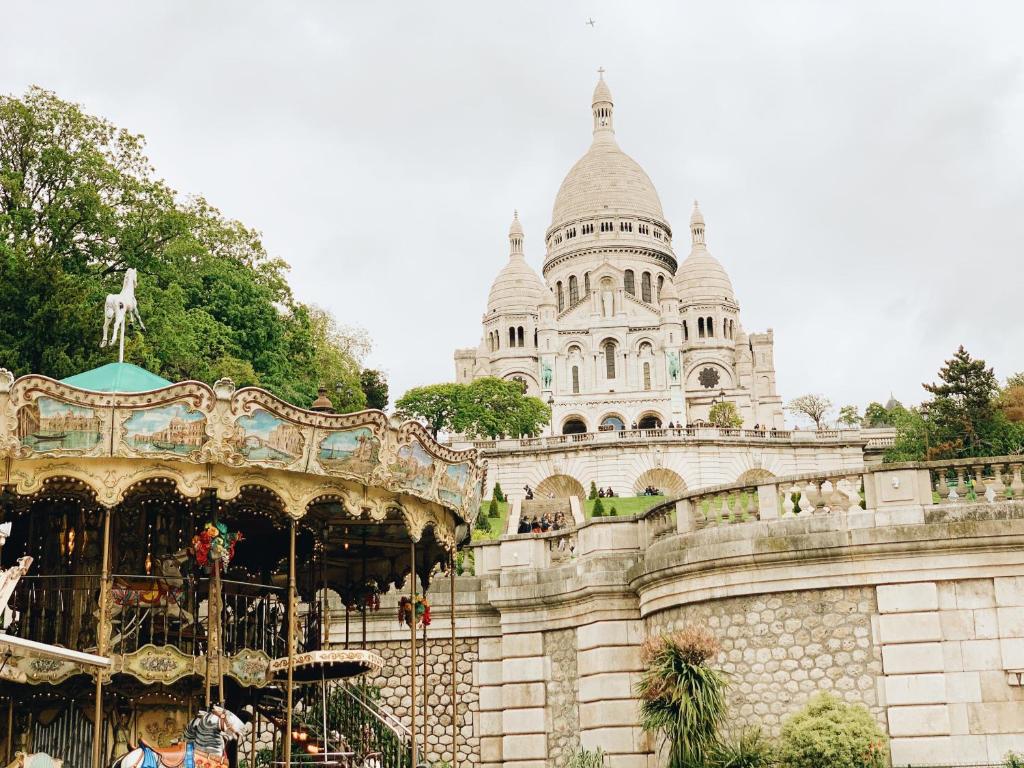
Final Thoughts on Montmartre with Hotel Jardin De Neuilly
Together with Hotel Jardin De Neuilly, we’ve uncovered the many layers of Montmartre, from its artistic legacy and iconic landmarks to its hidden corners and irresistible charm. Whether you come for the art, the views, or simply the feeling of being in a place where history and creativity meet, Montmartre will leave a mark on your heart. This is more than a neighborhood—it’s a story you’ll want to be part of, one you’ll carry long after you leave Paris.
